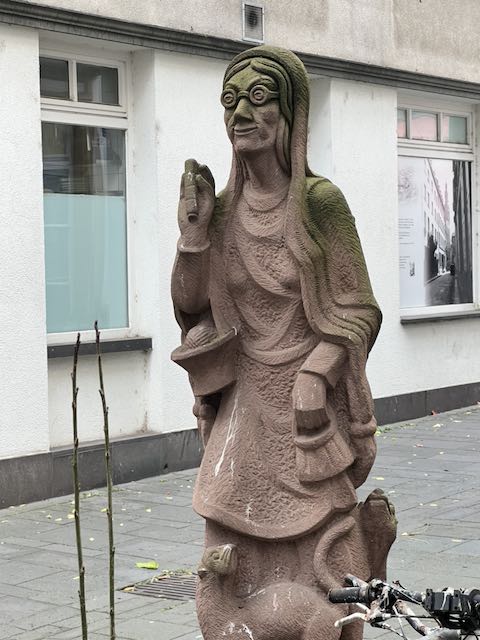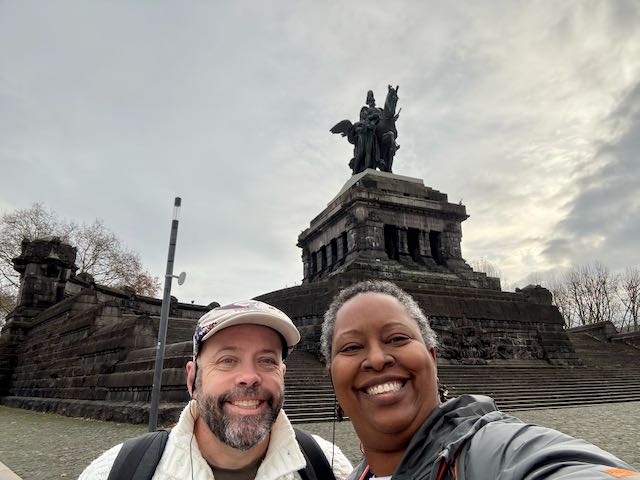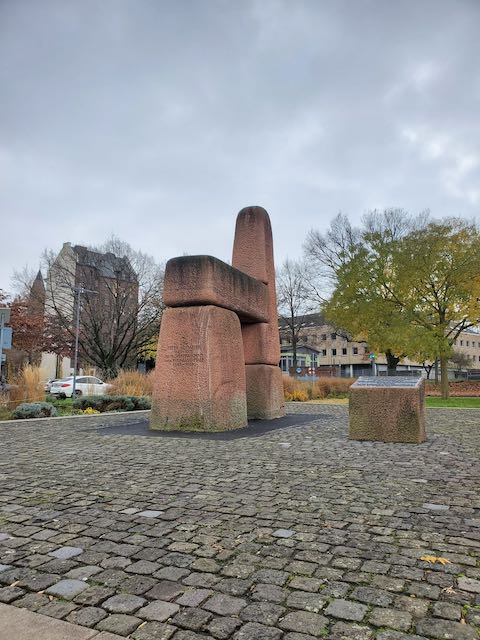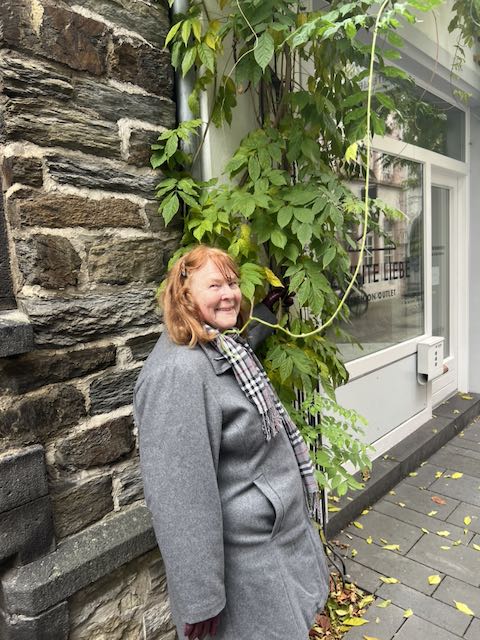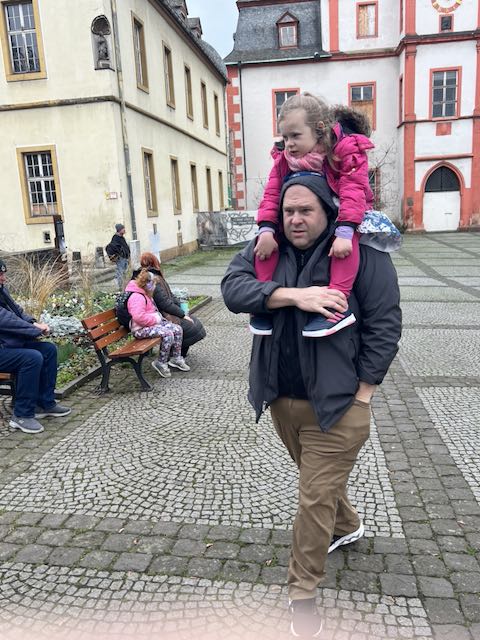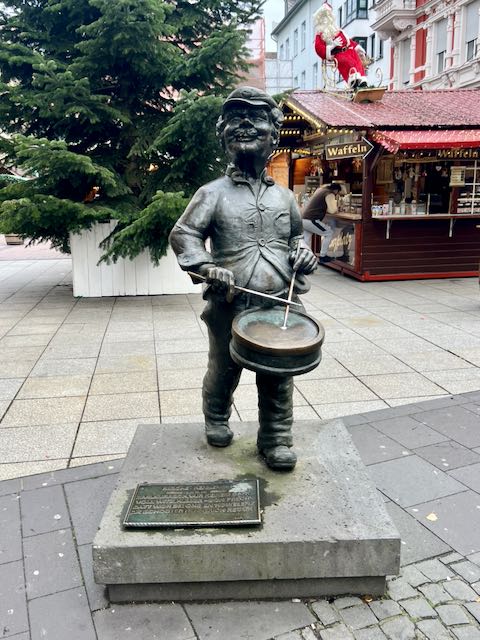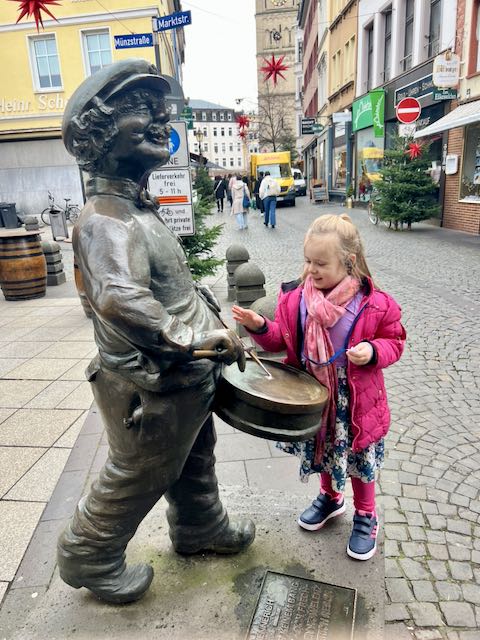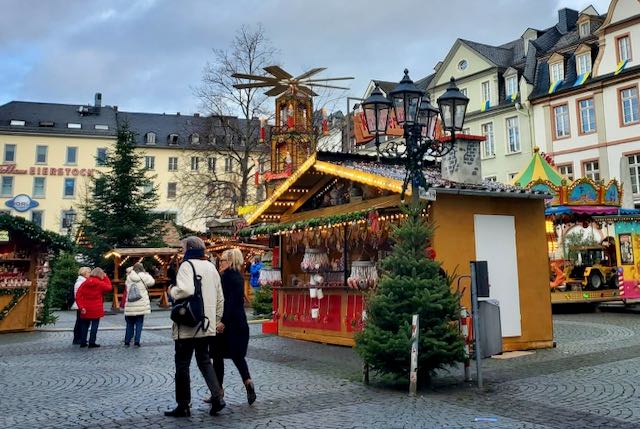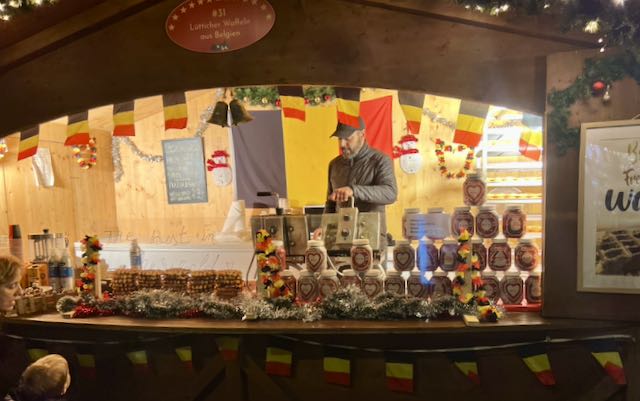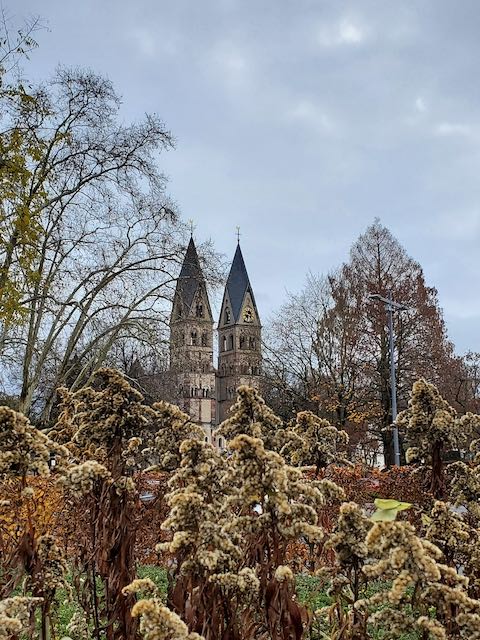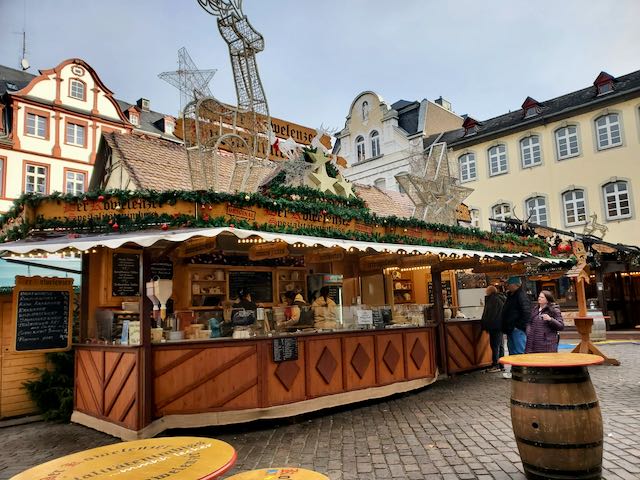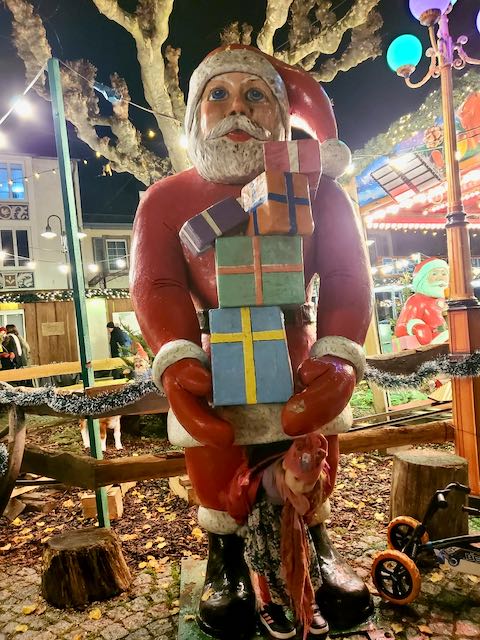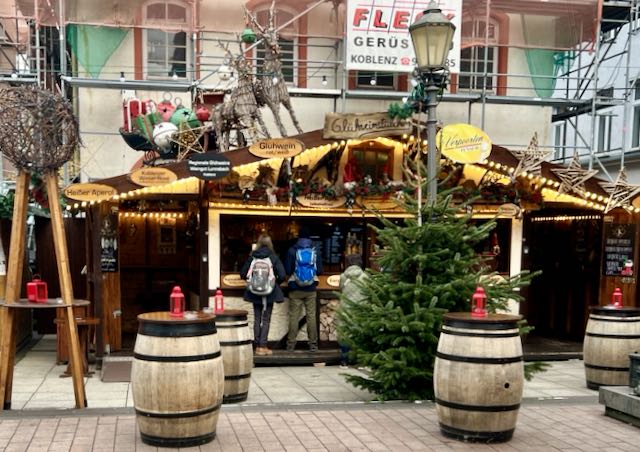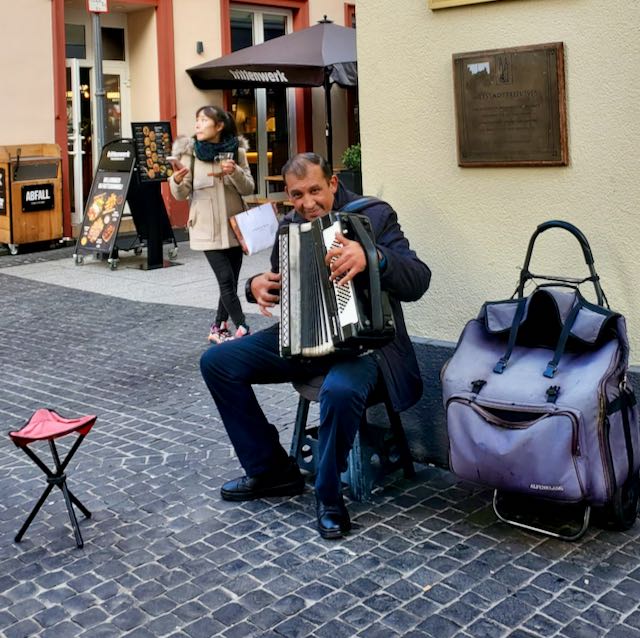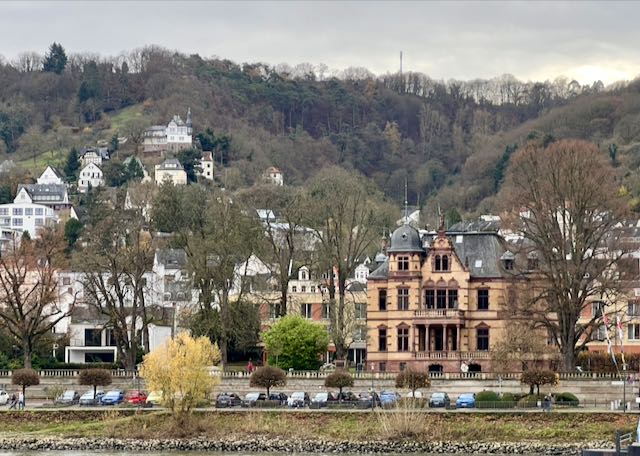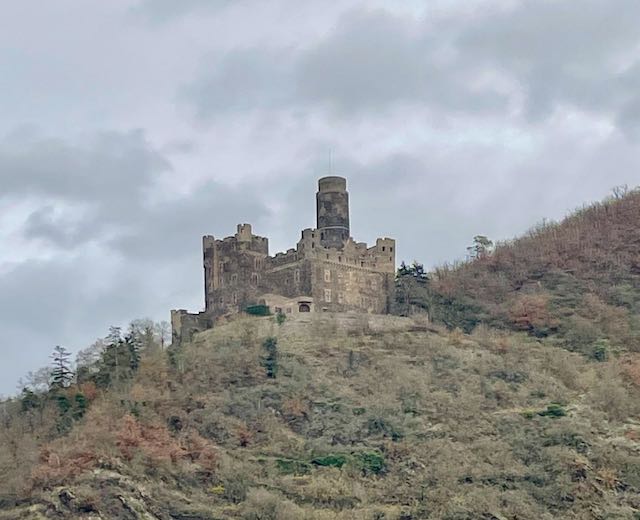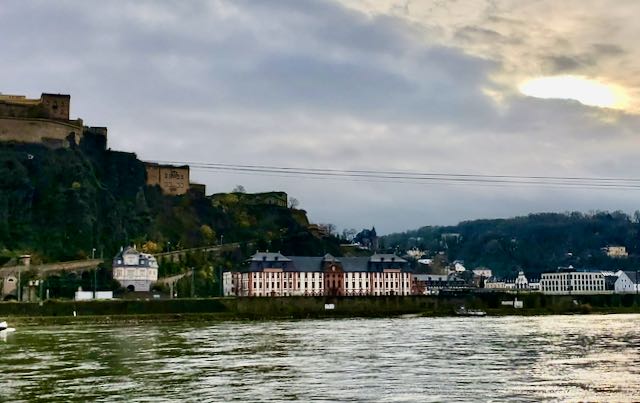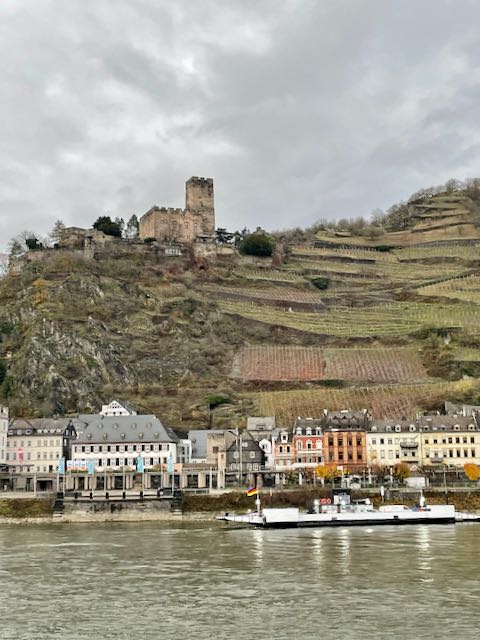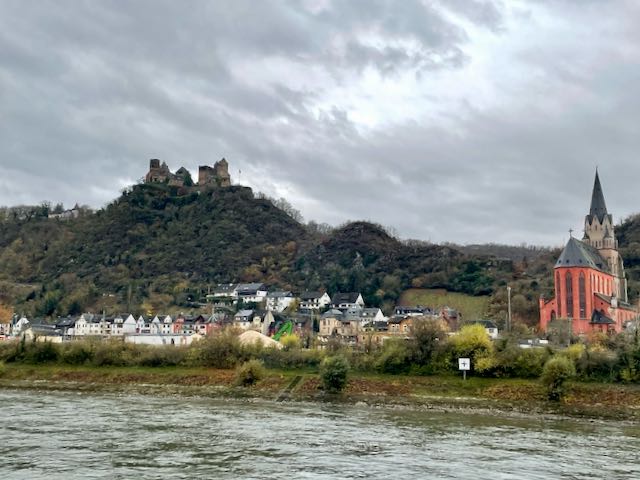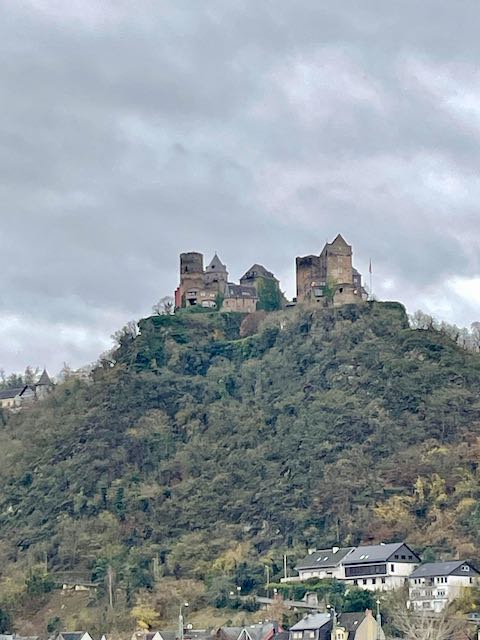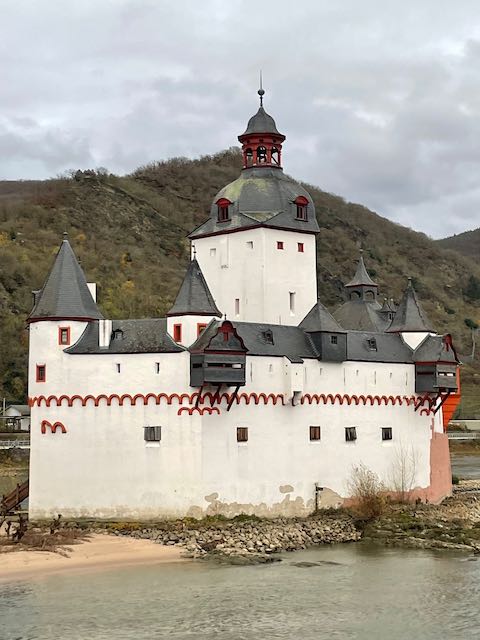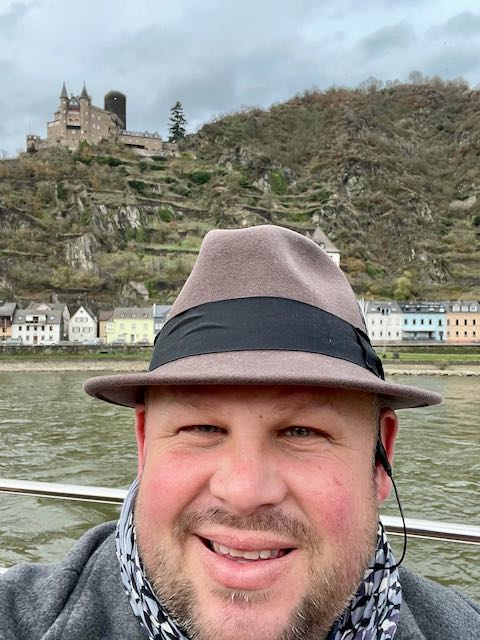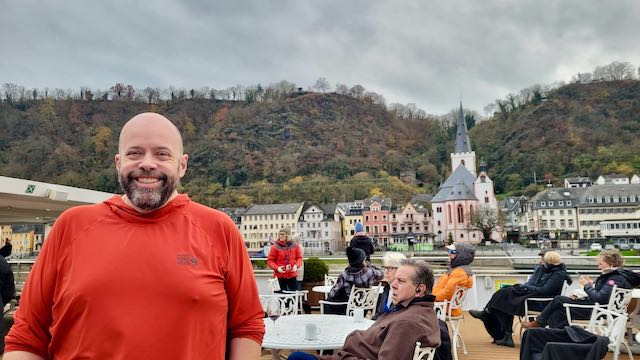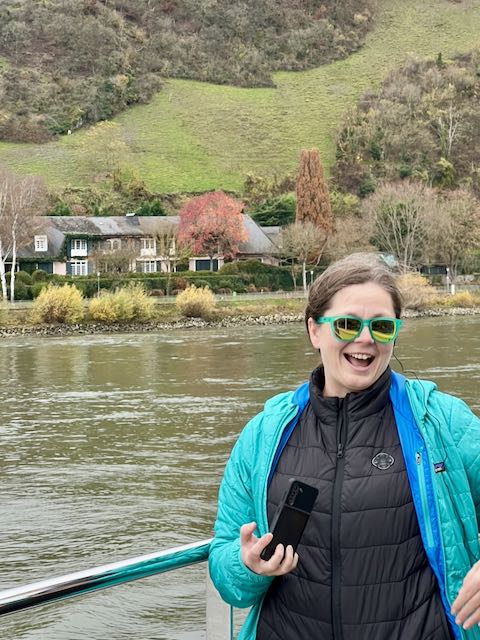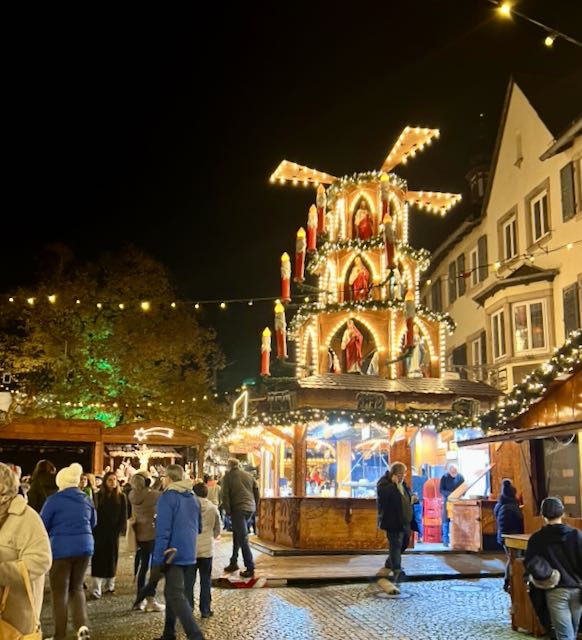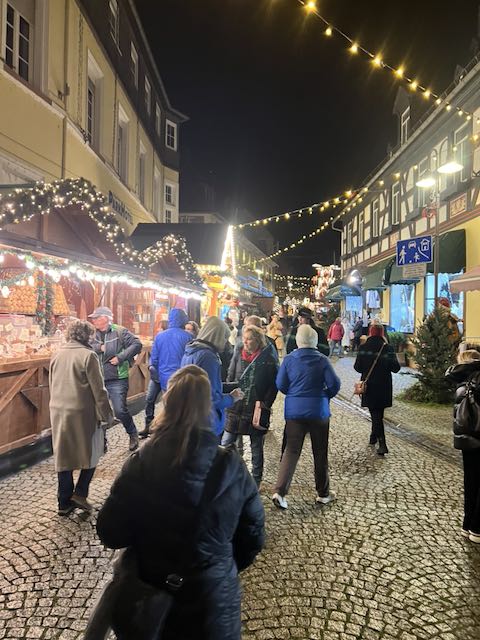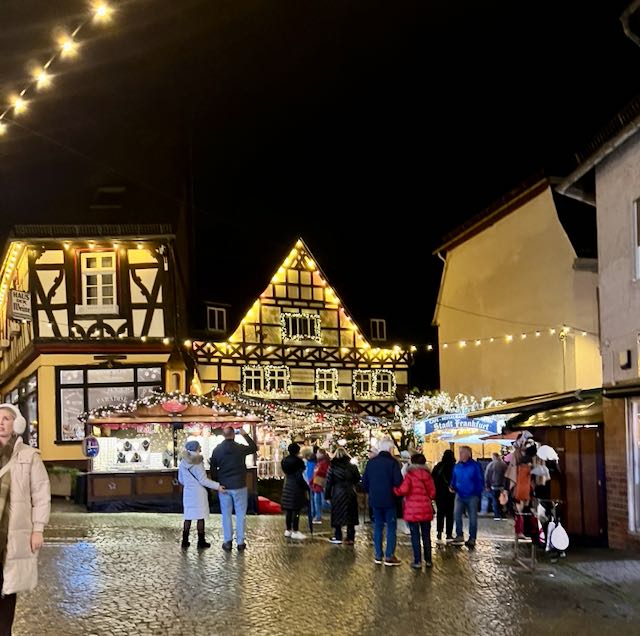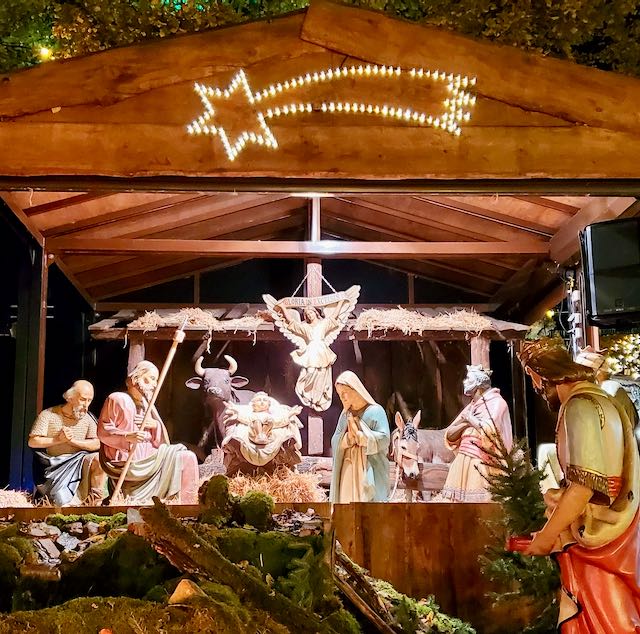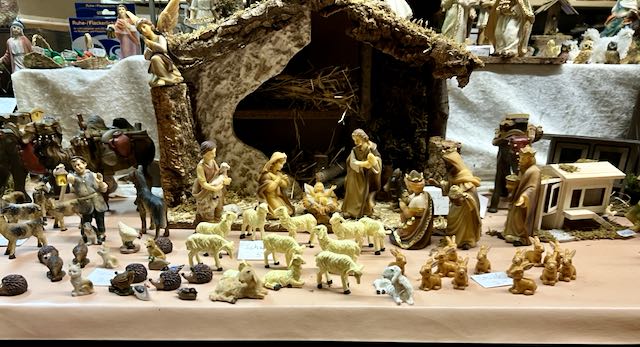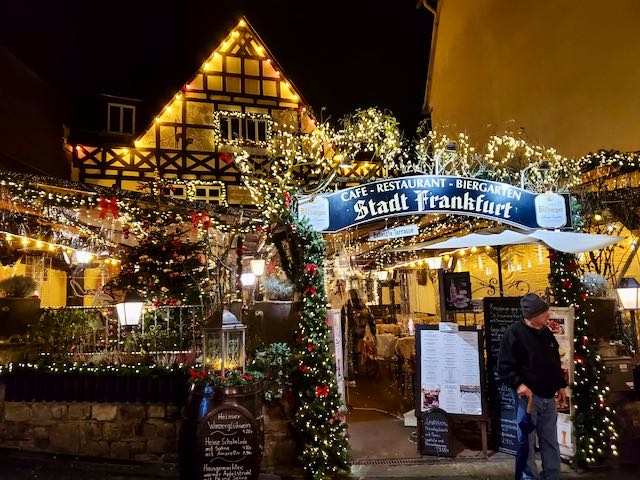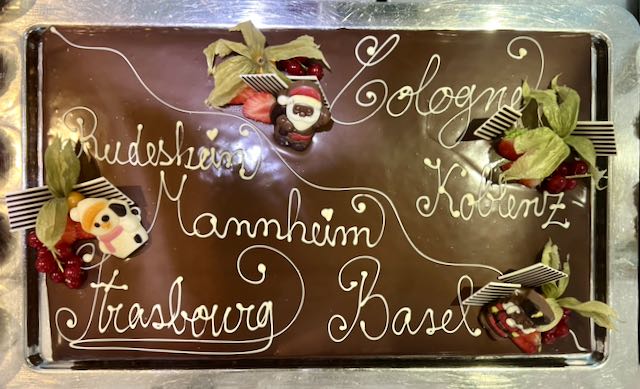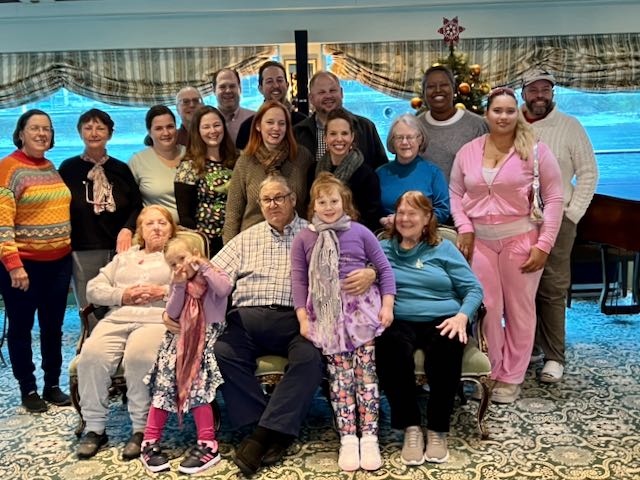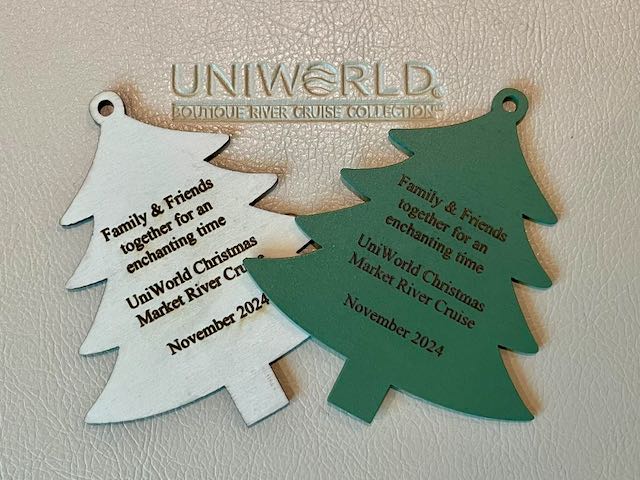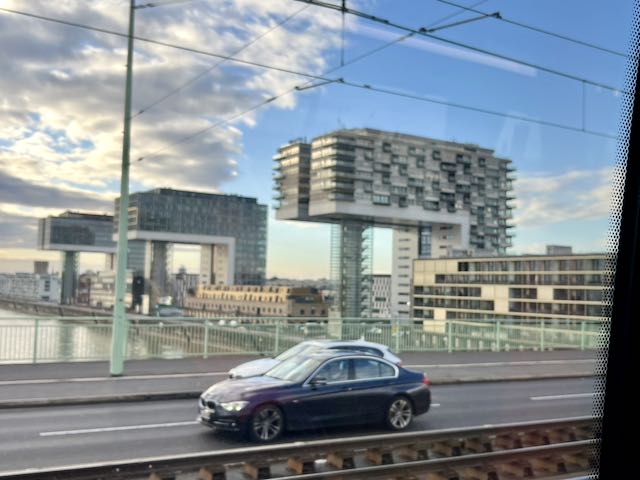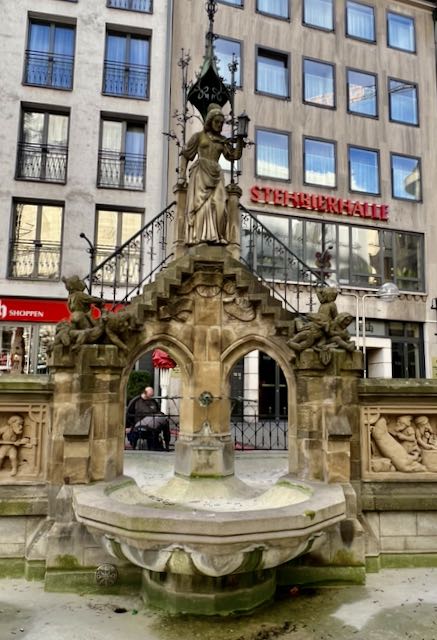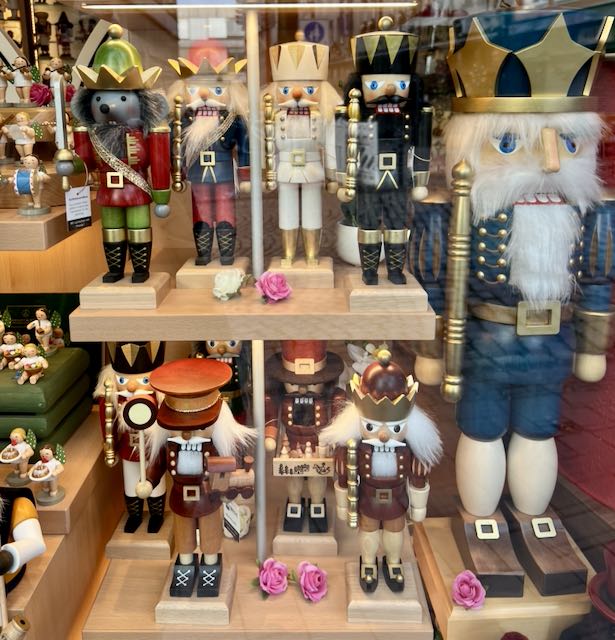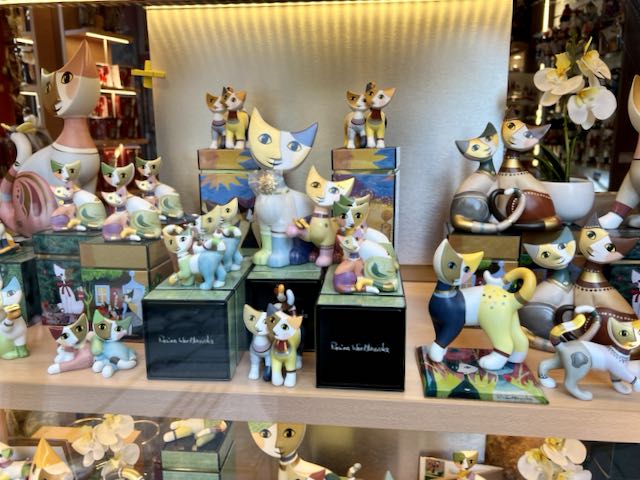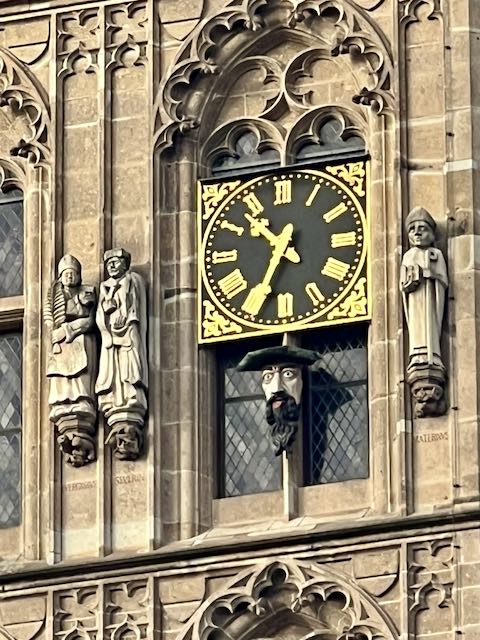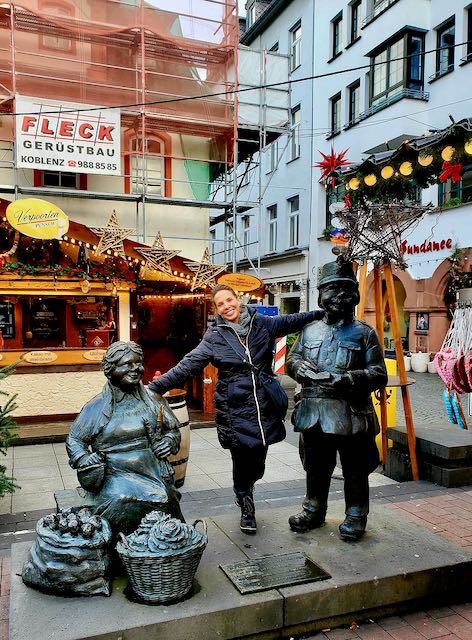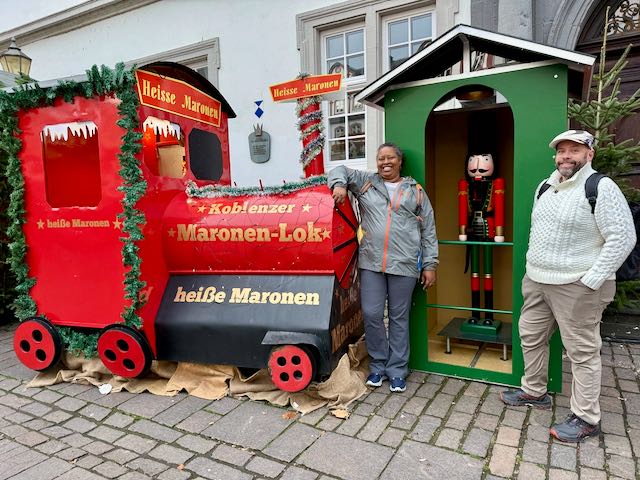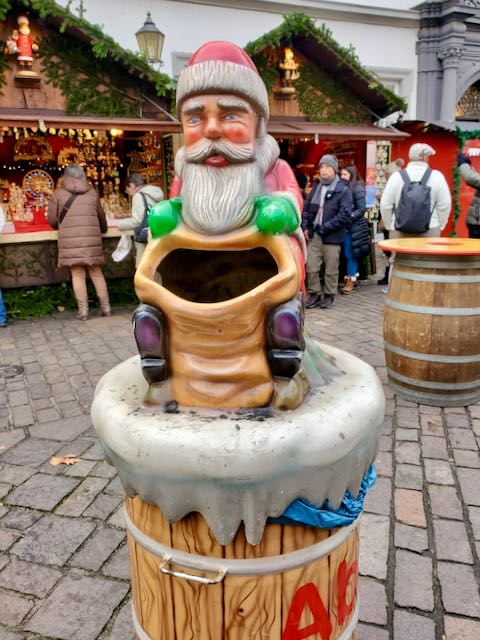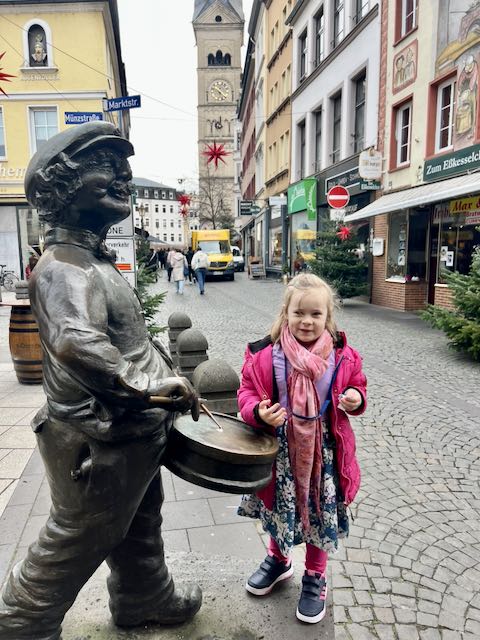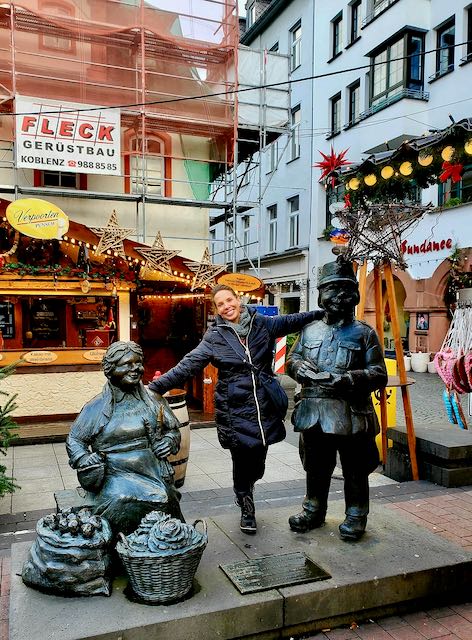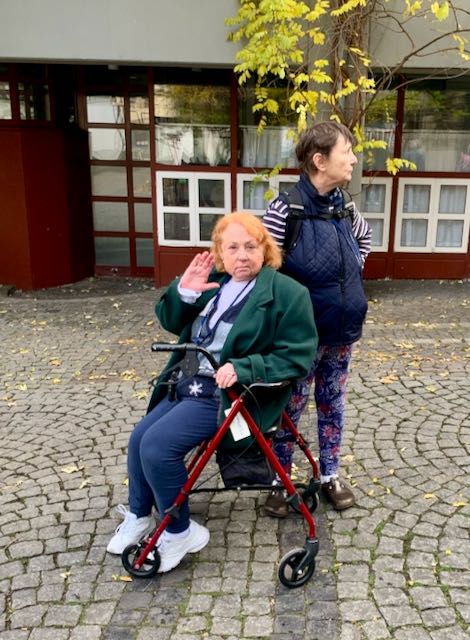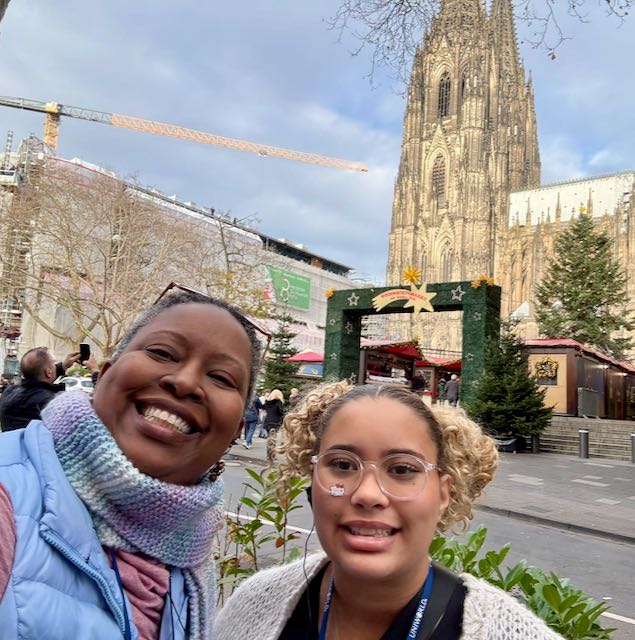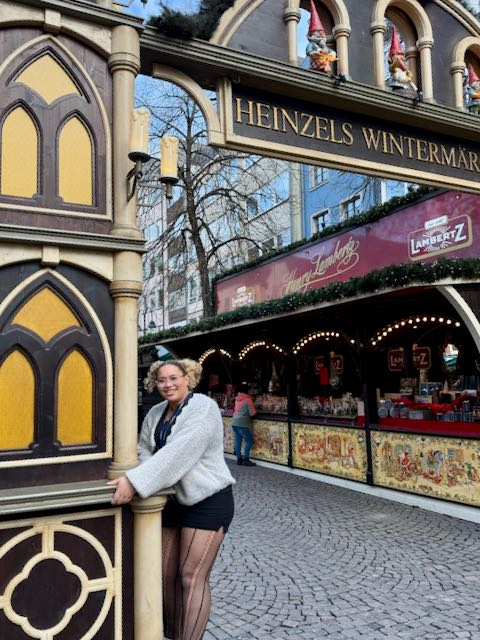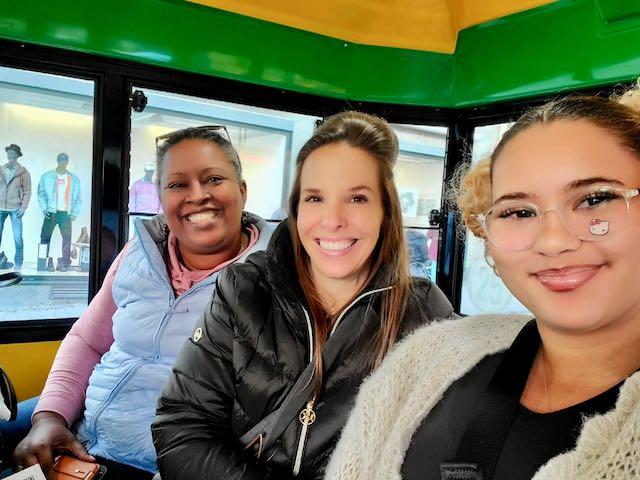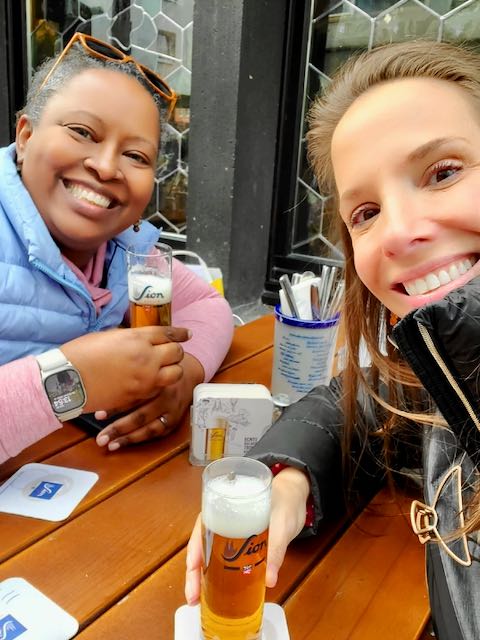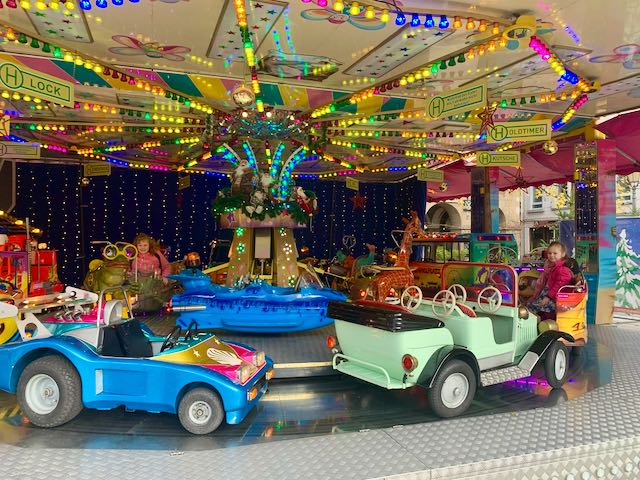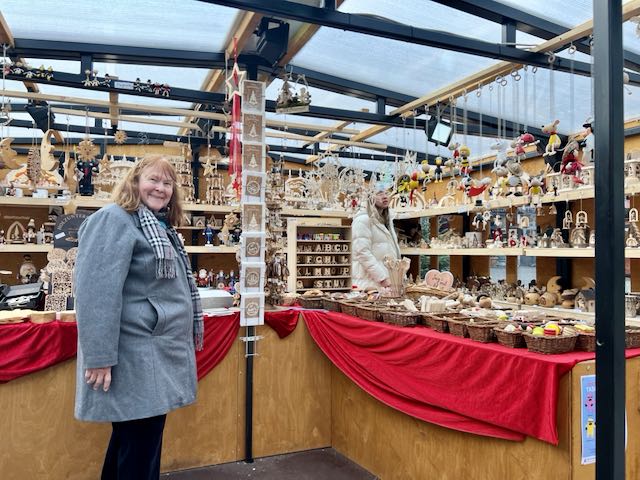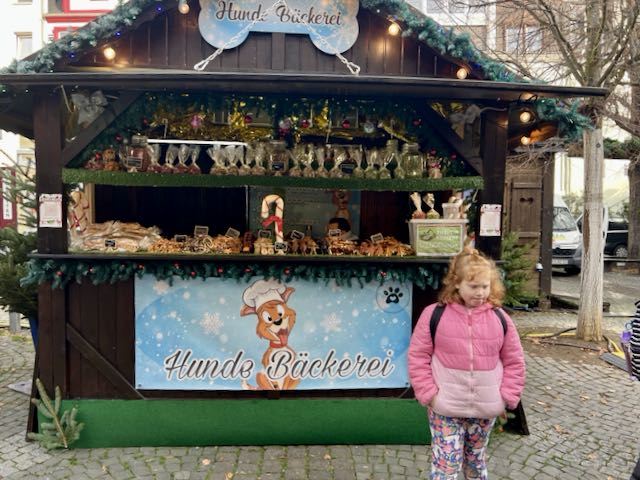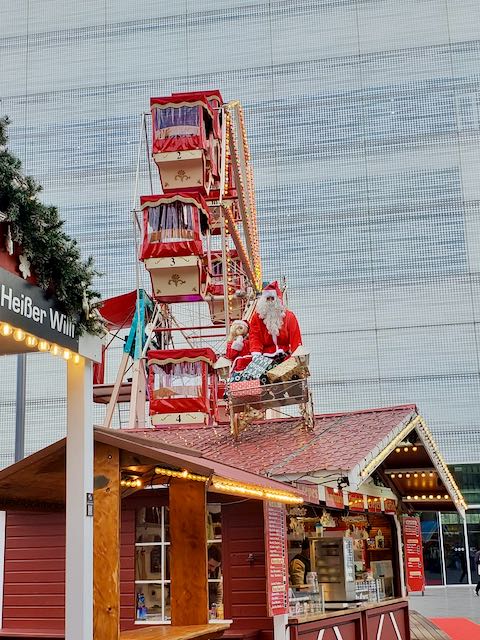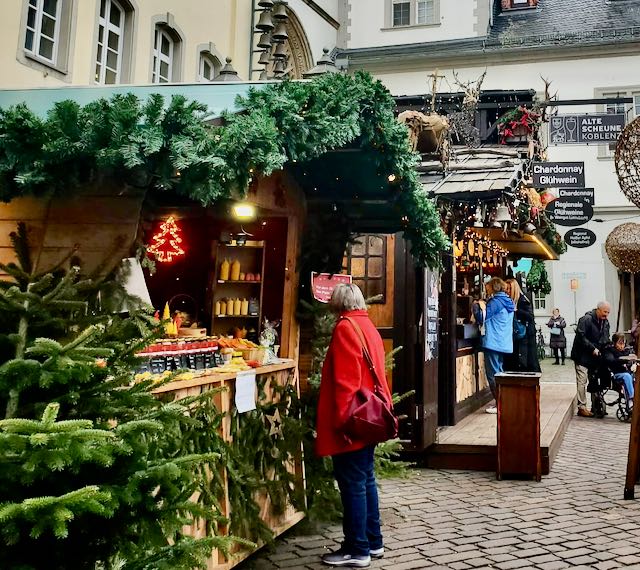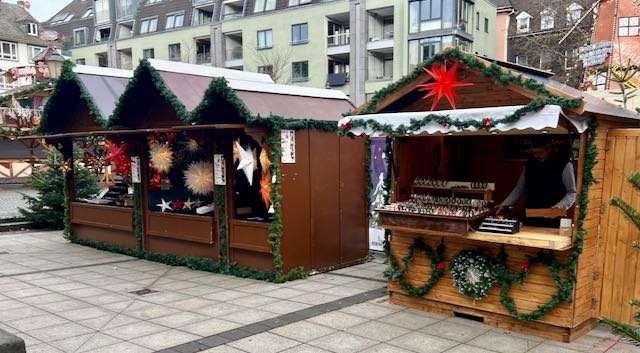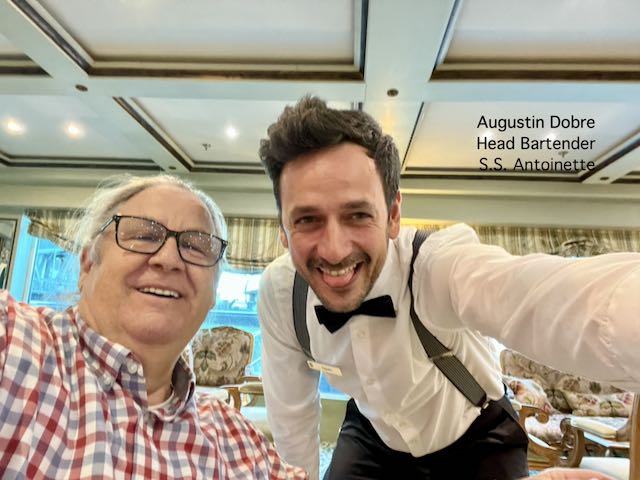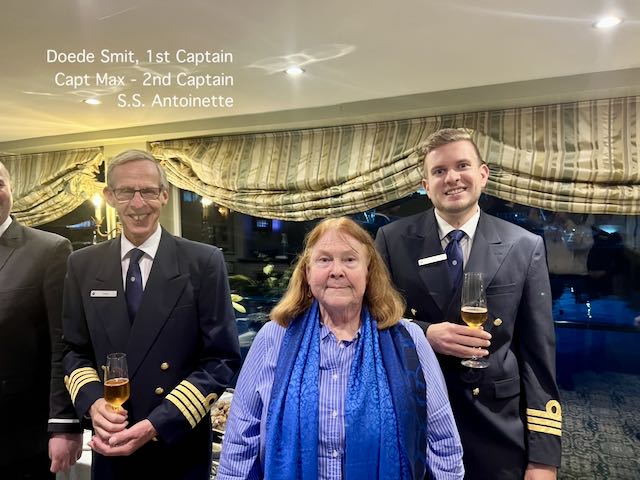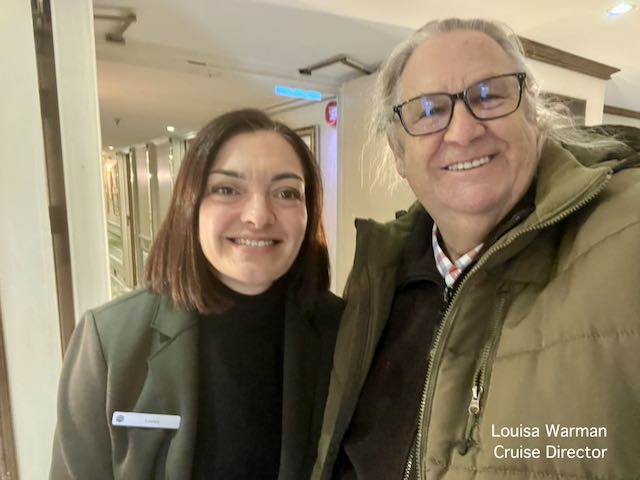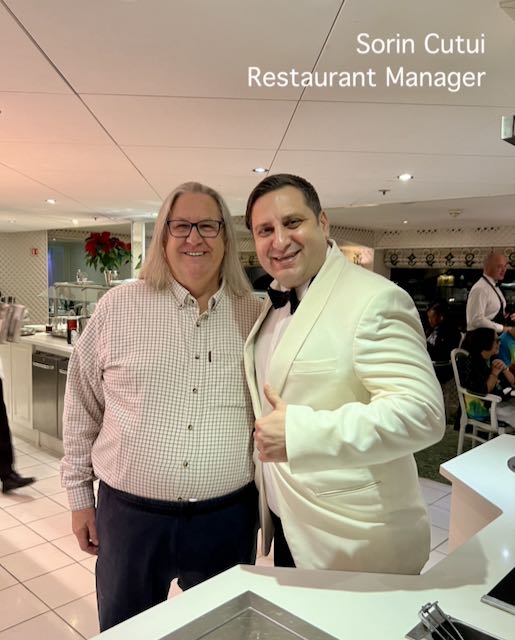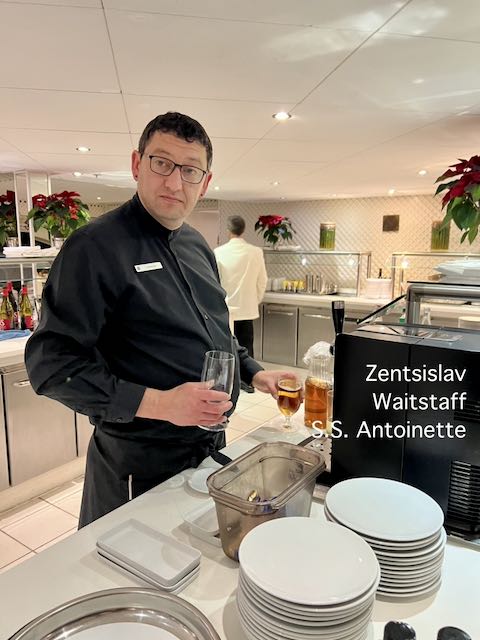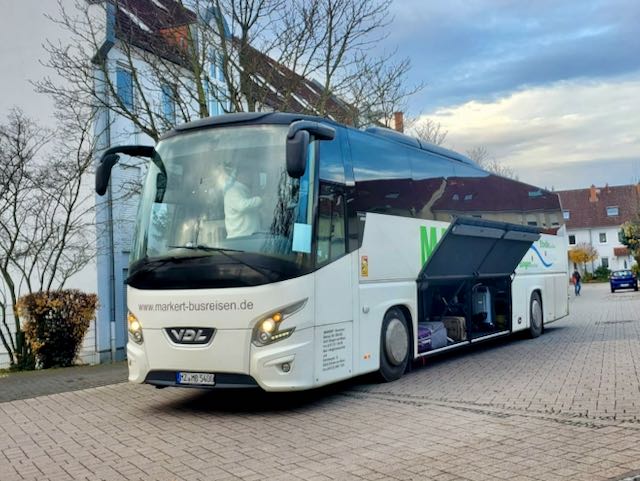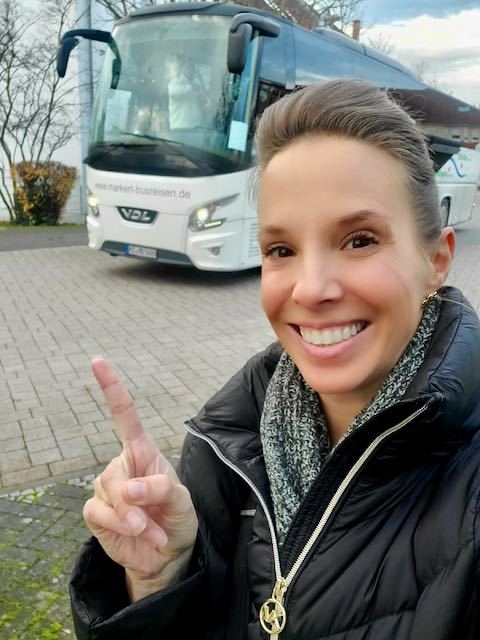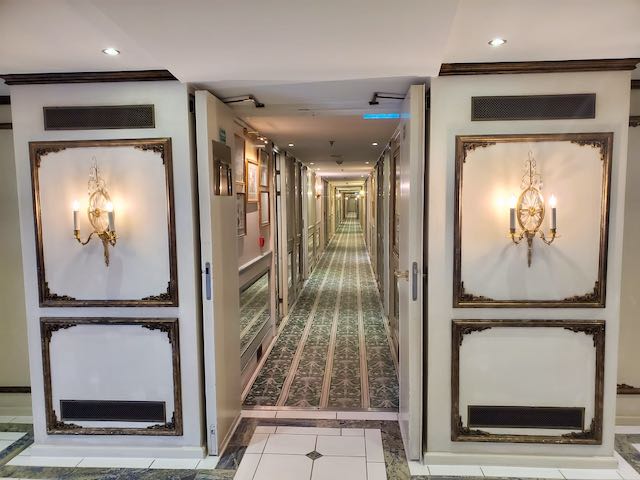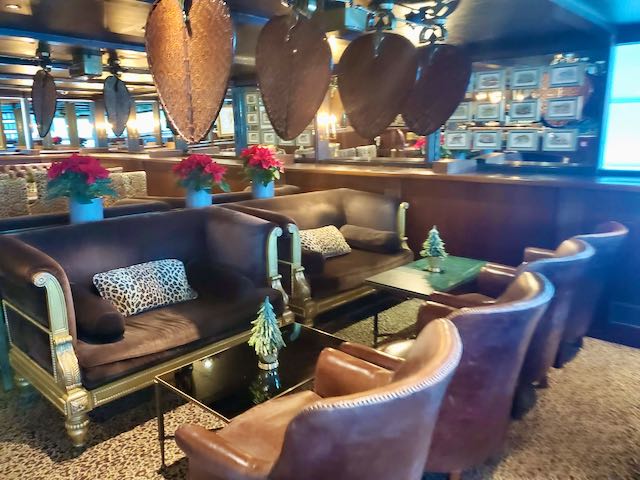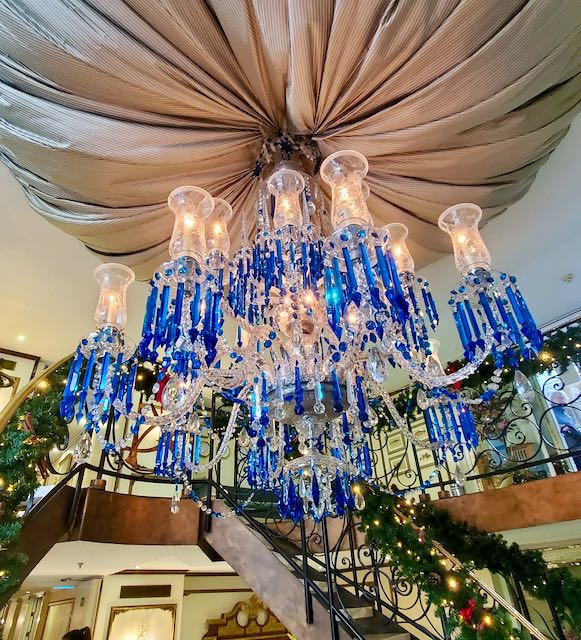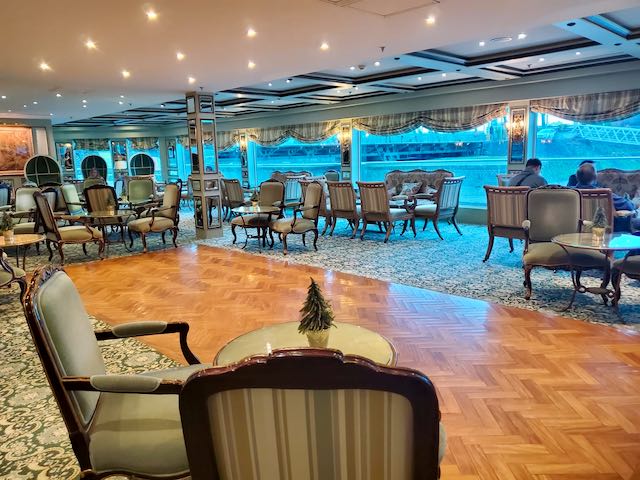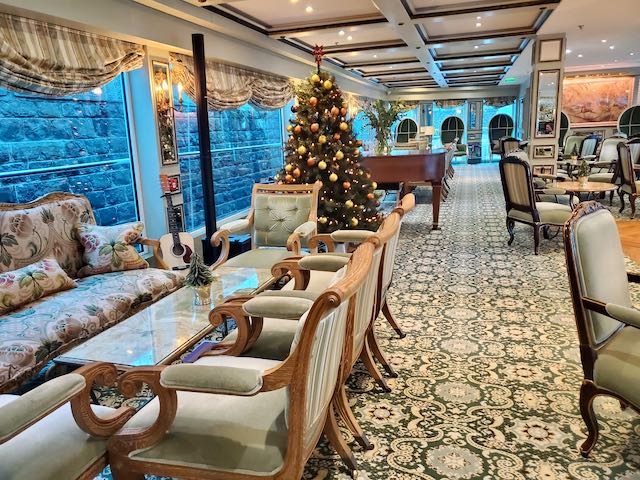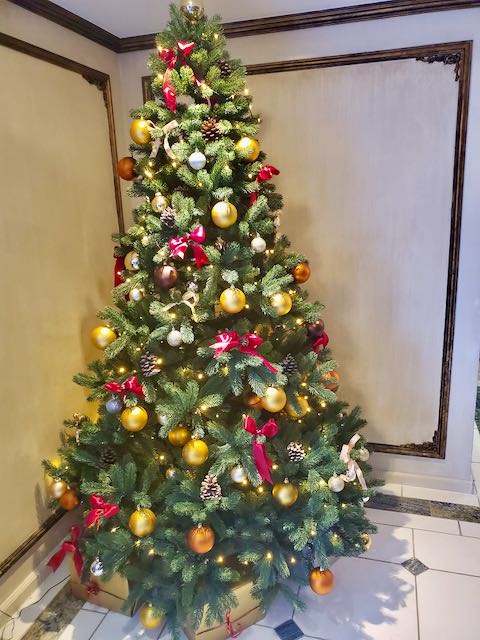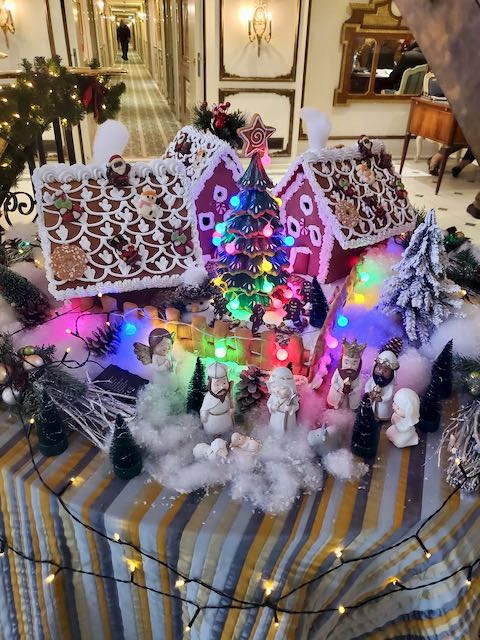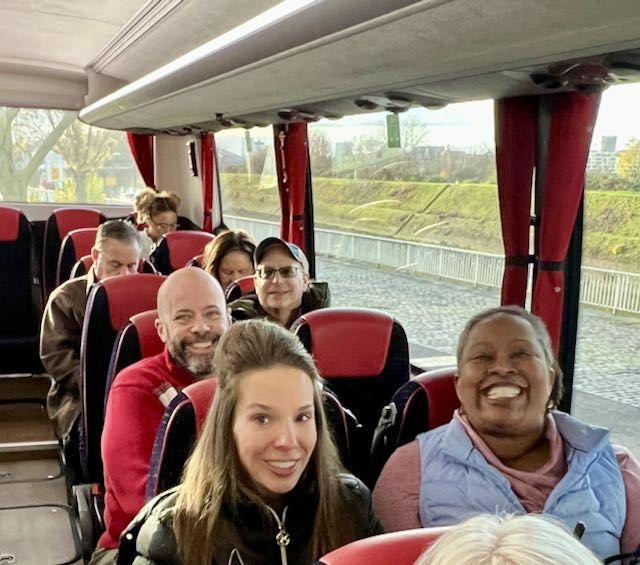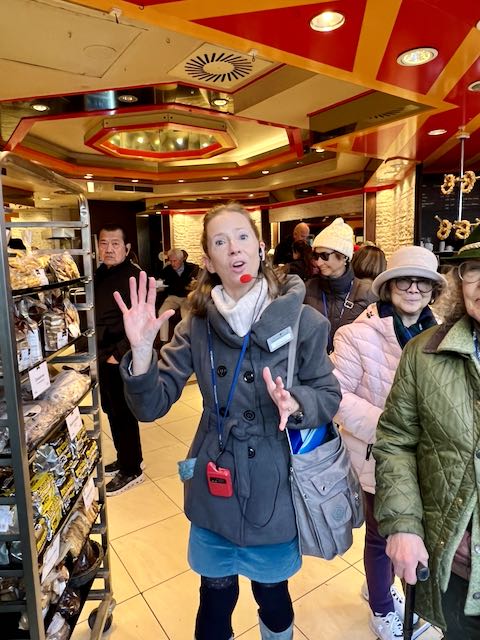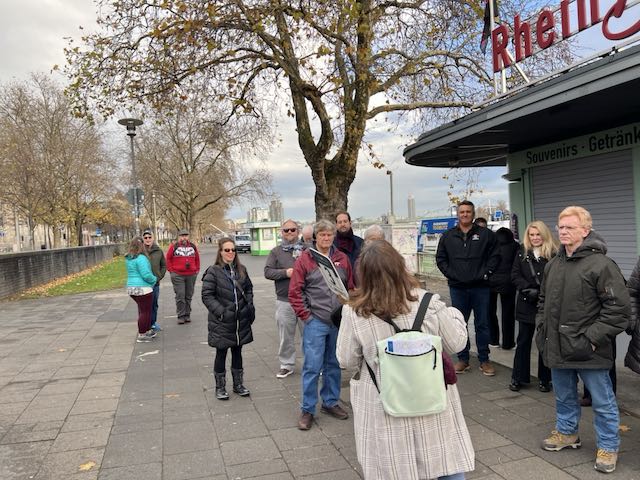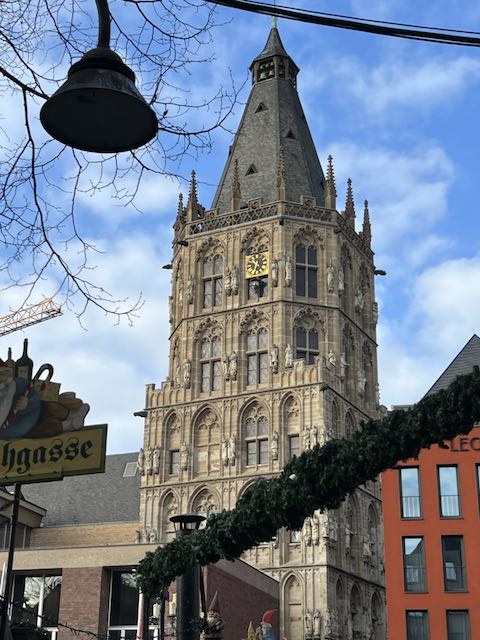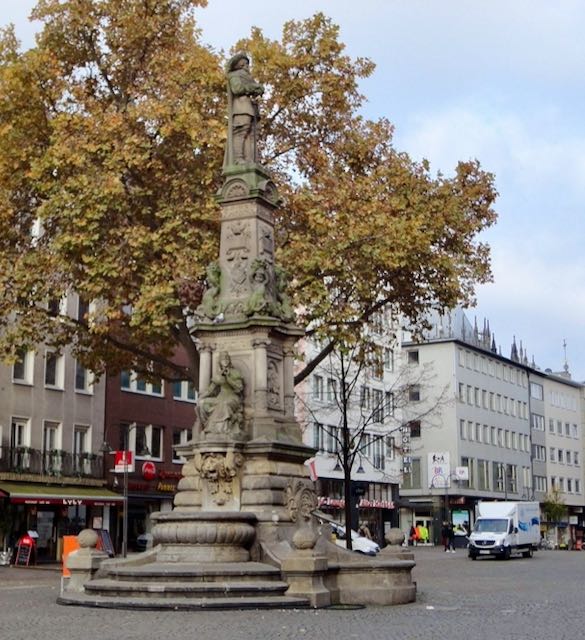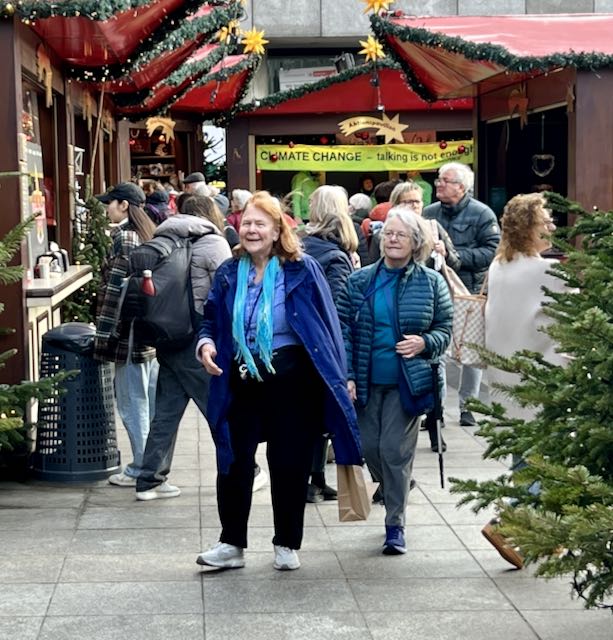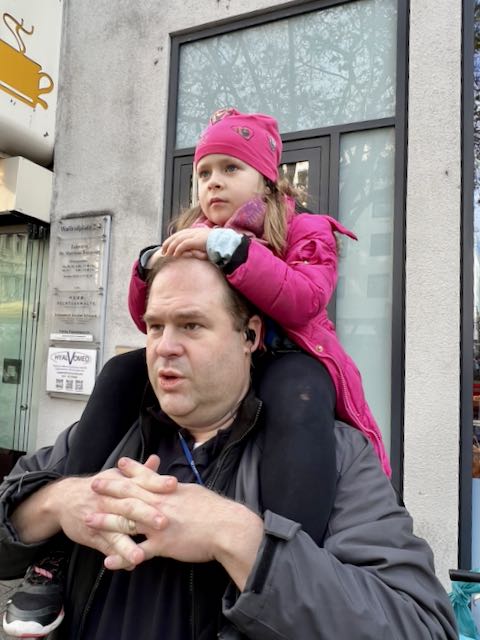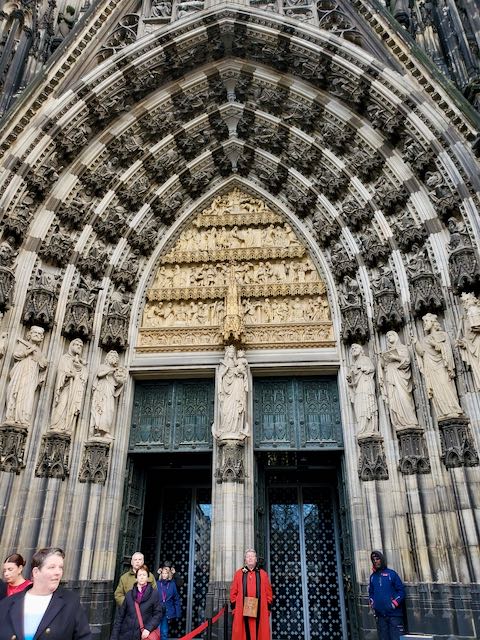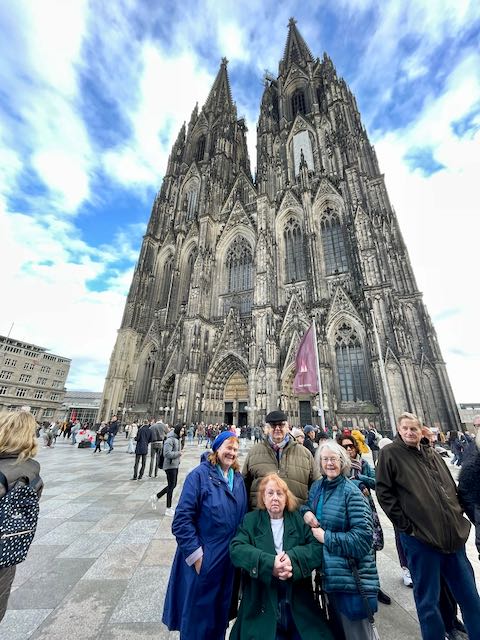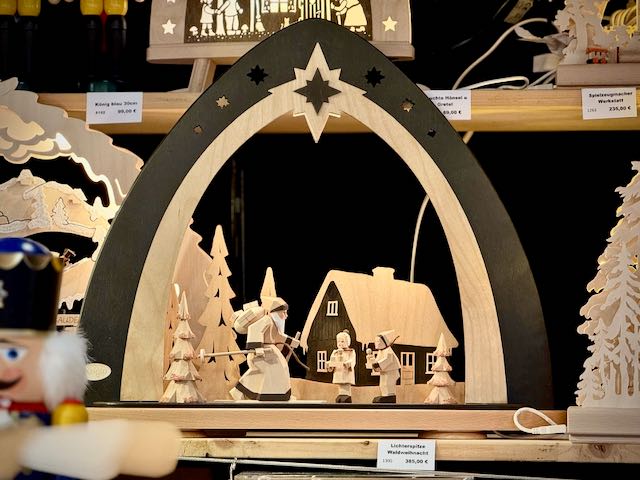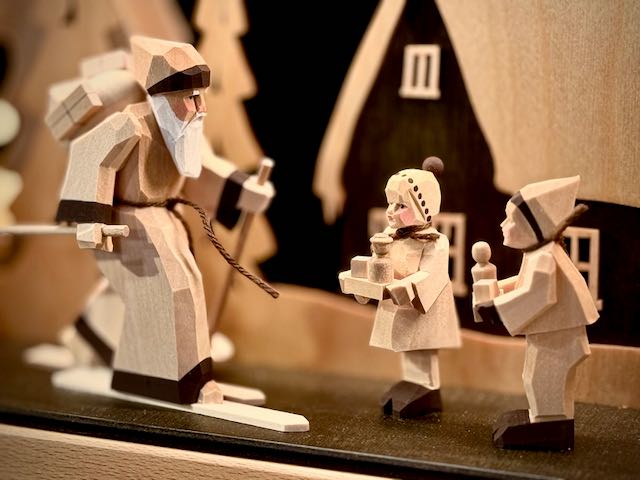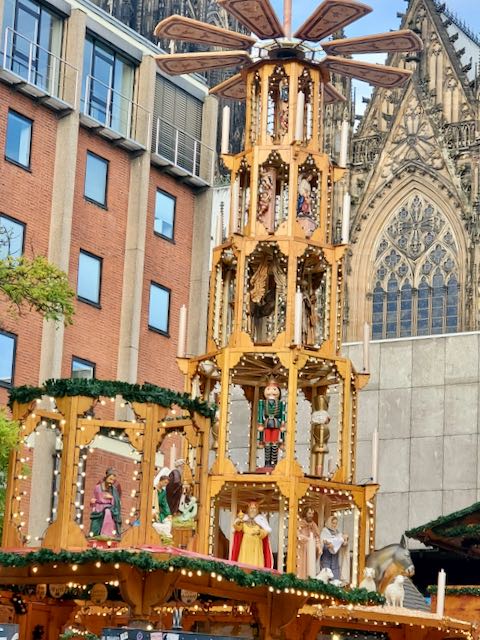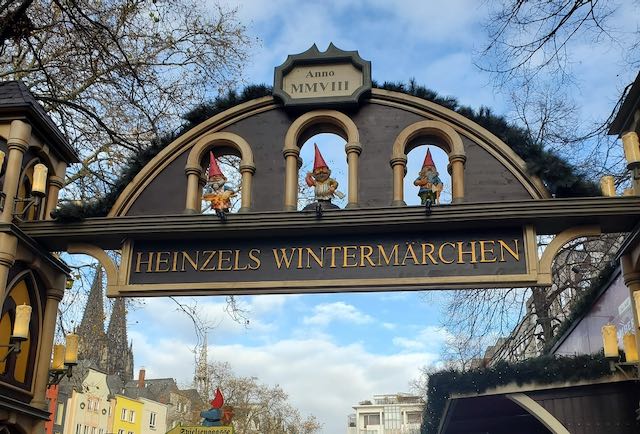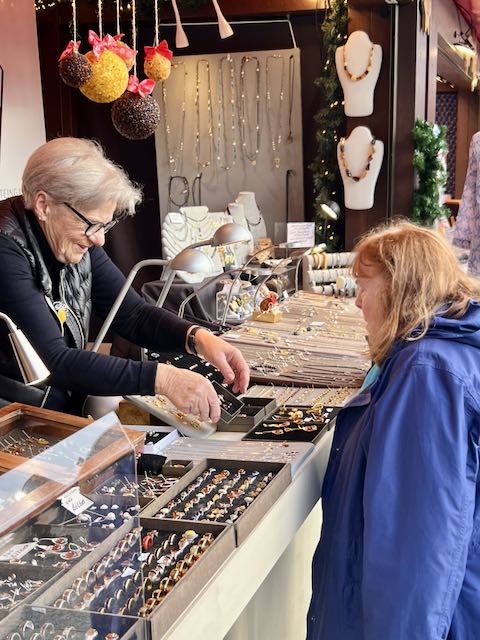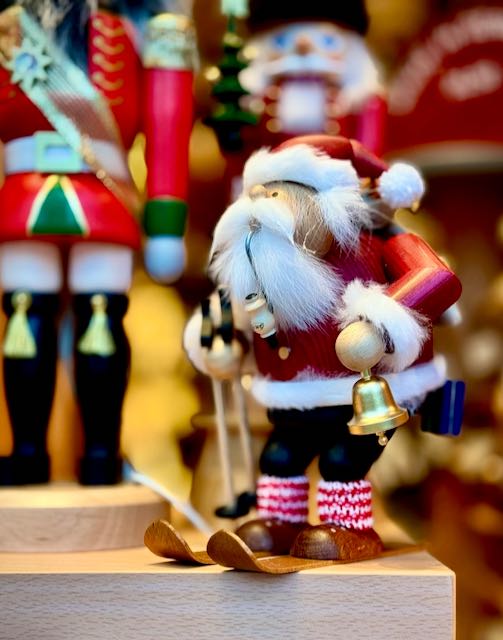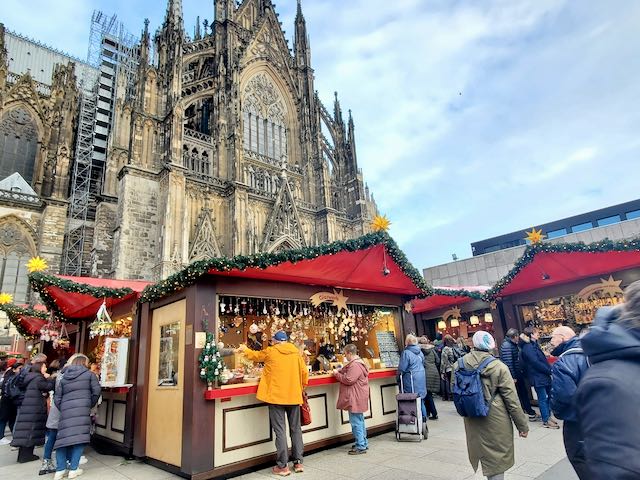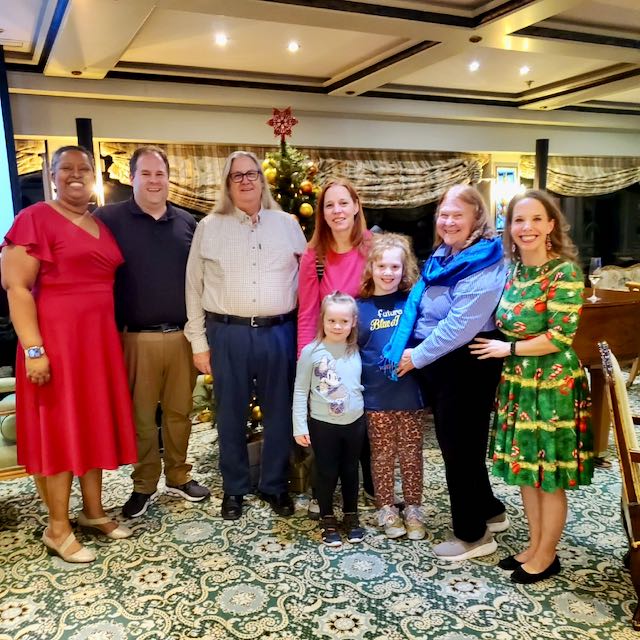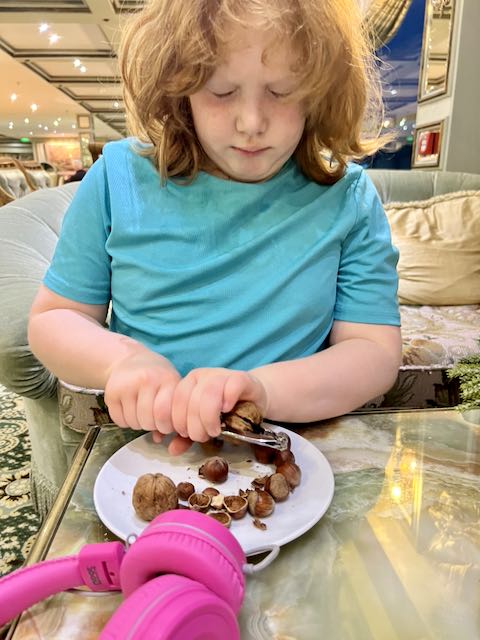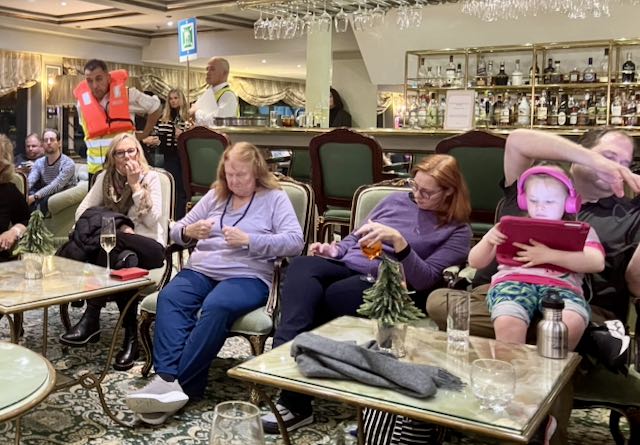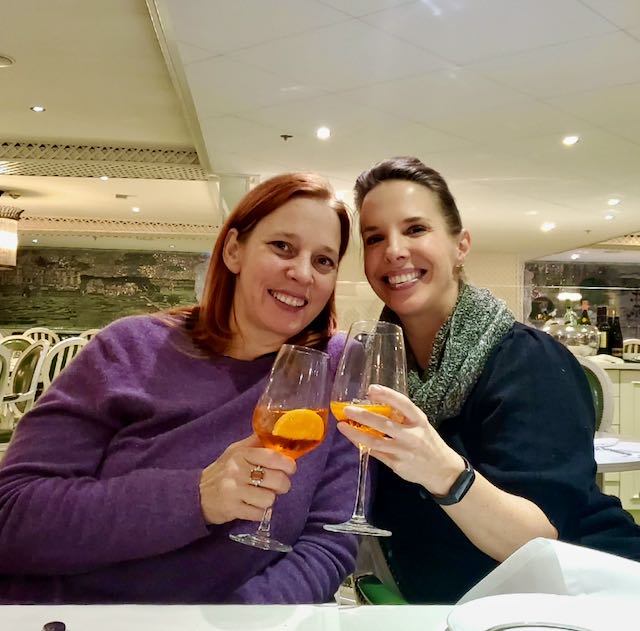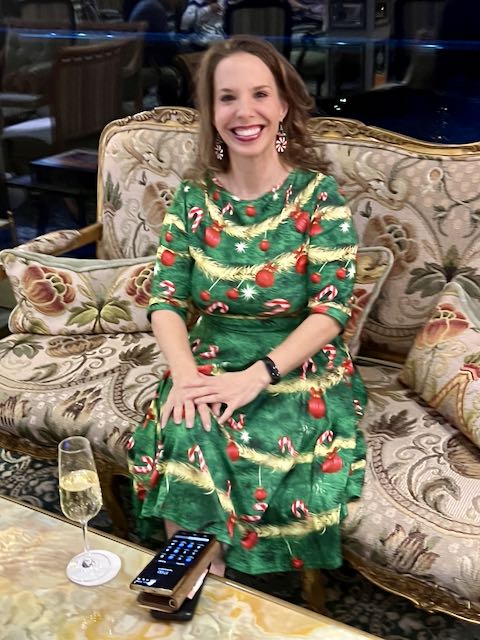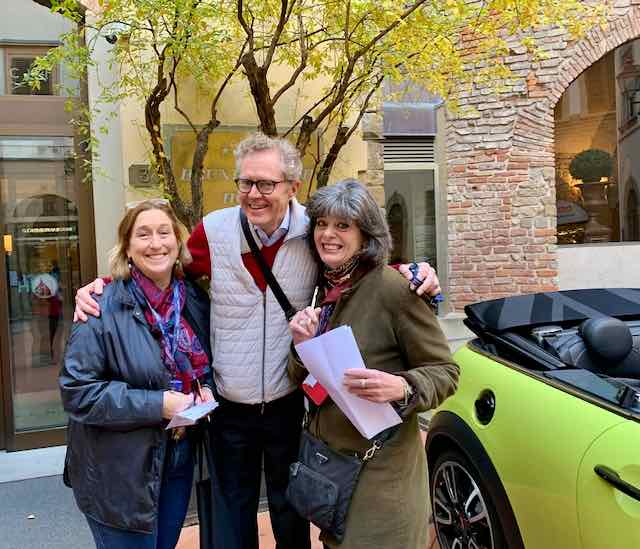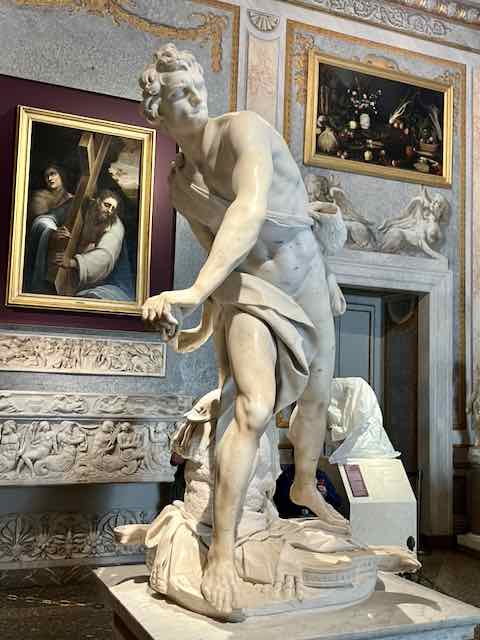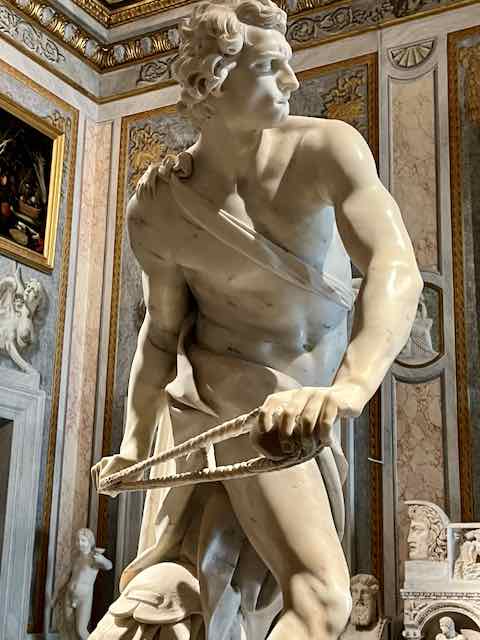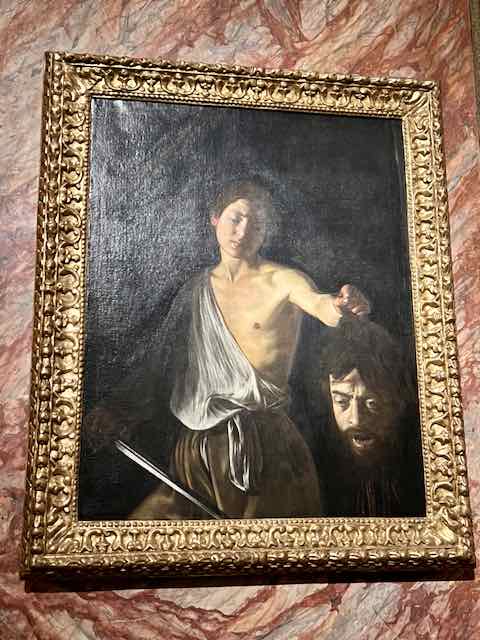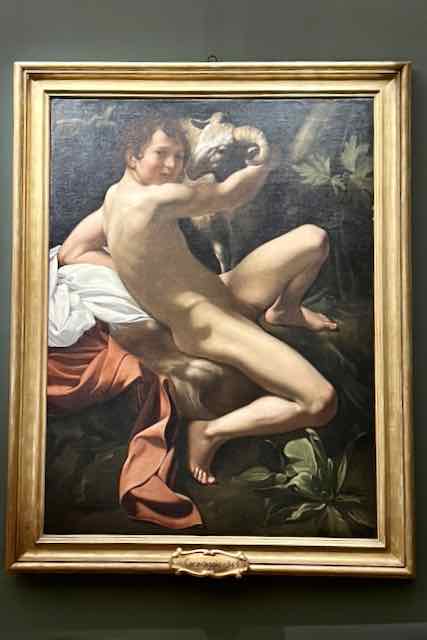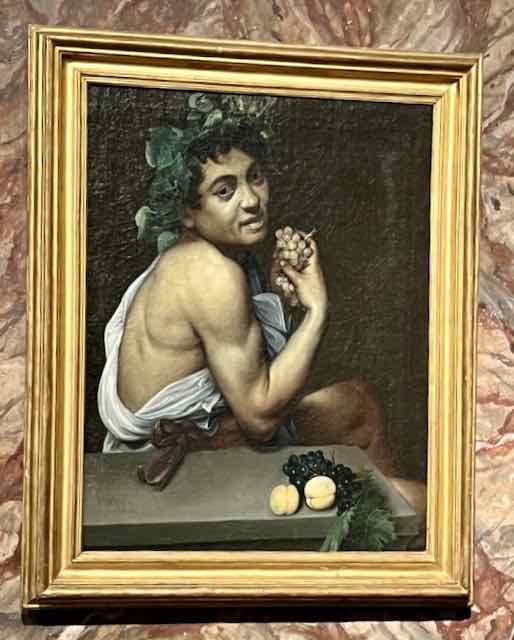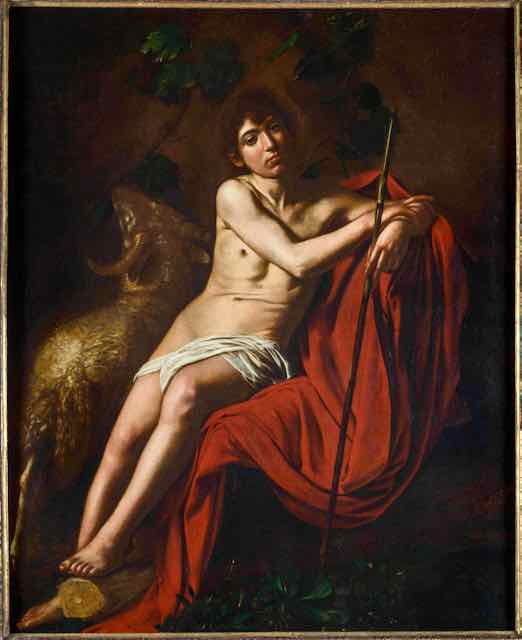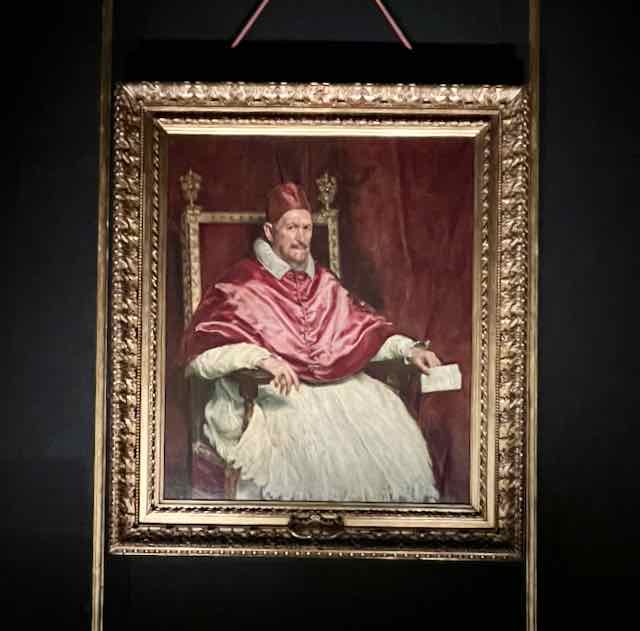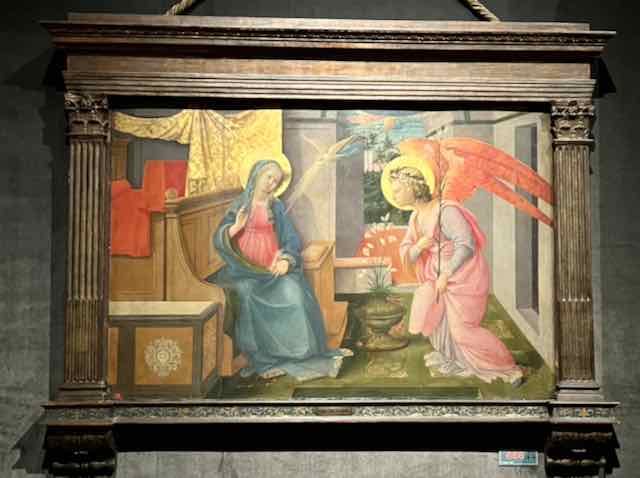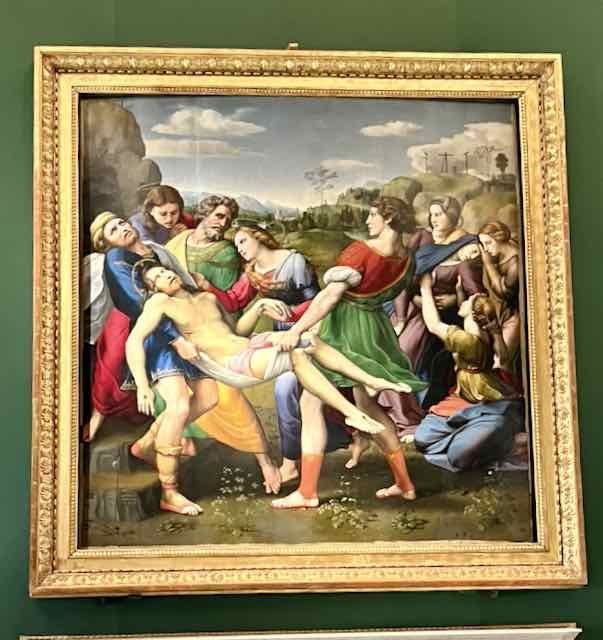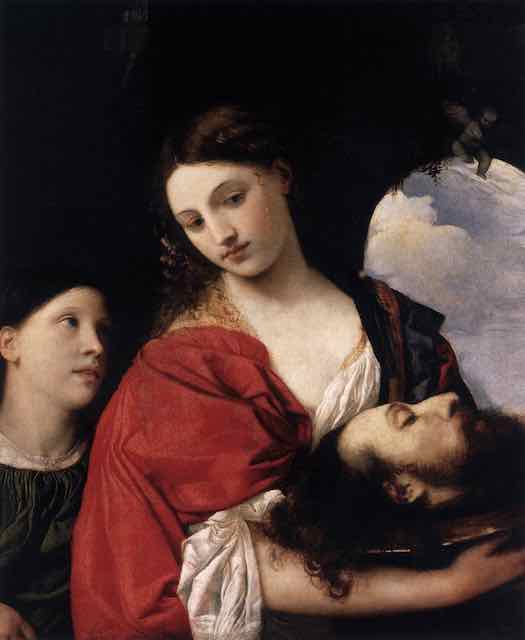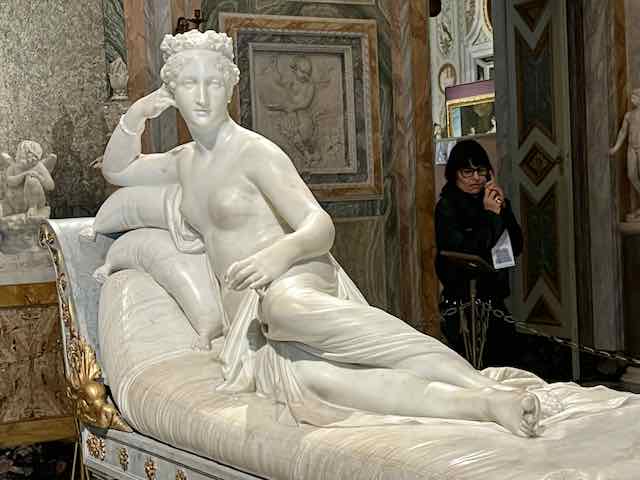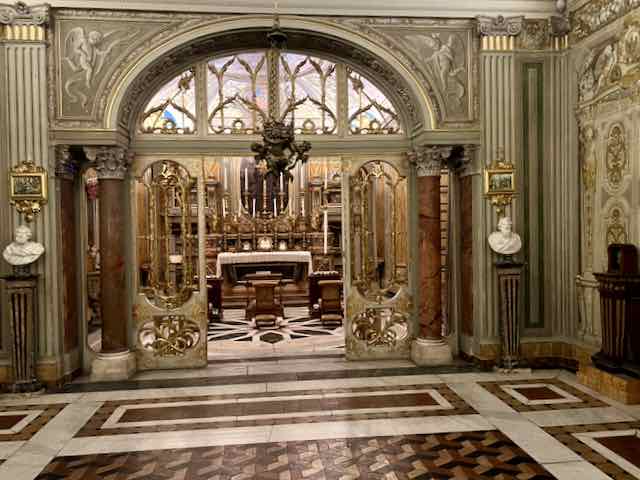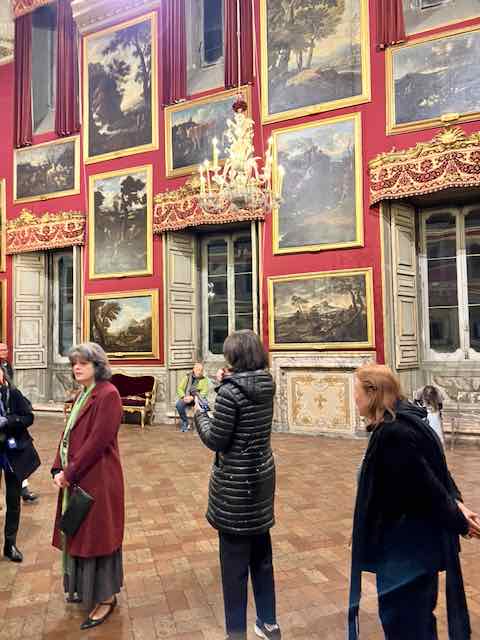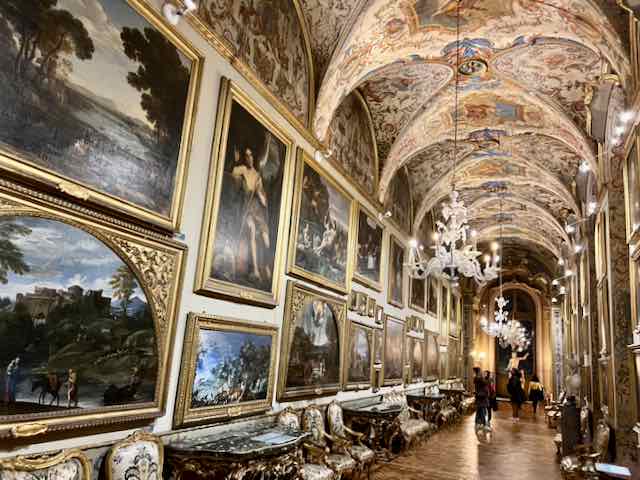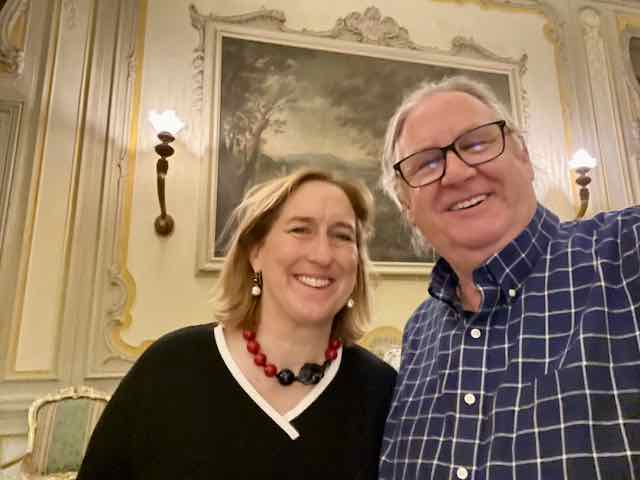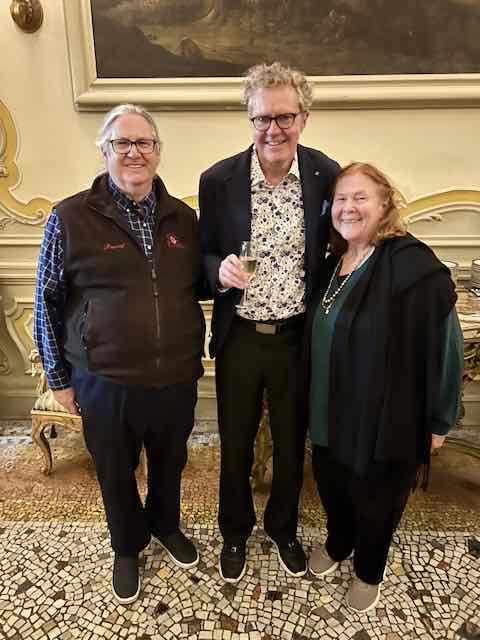While Janeen and I were going to Baden-Baden with the grandgirls, a large contingent of our group headed off to a vinegar tasting. We had done this tasting some years ago and had urged our ‘group’ to experience this unique opportunity. So, I reached out to Theresa Bodnar to write up something about their experiences…thus a ‘guest’ blogger.
Guten Tag! It is truly an honor to be a guest blogger for loverofwine and to join David and Janeen and their family (my “framily” – ie, friends that become family) on this Christmas Market cruise with Uniworld along the Rhine River! David has frequently entertained me with tales of all of his adventures with this cruise line that I’ve gotten to revisit by re-reading his historical blogs – – – so when he asked me to write about my delightful vinegar tasting experience, I couldn’t resist!
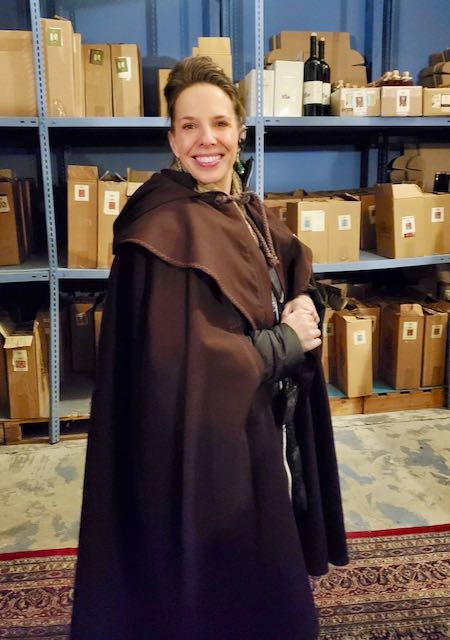
So it started like this – David “STRONGLY URGED” members of our party to select the Weinessinggut Doktorenhof (Wine Vinegar Doktorenhof) vinegar tour and tasting experience while docked in the port of Gersheim, Germany. He and Janeen had taken the tour several years prior and were blown away by the experience – and when David and Janeen recommend something so highly, you know it’s worth it!

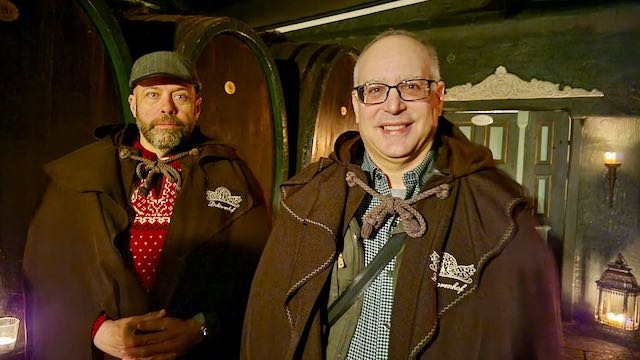
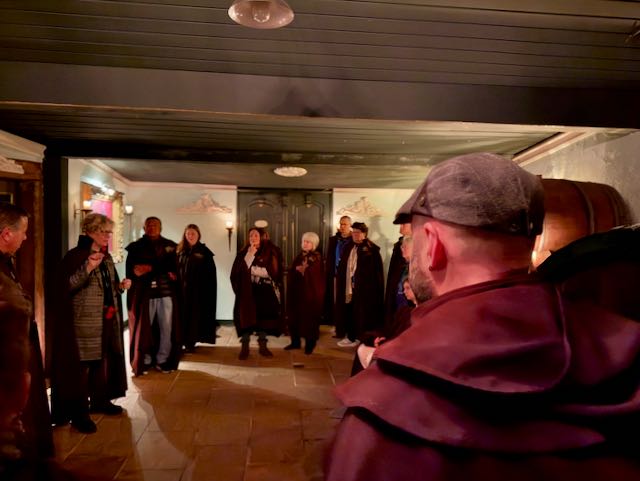
Honestly, I was a bit skeptical at first – vinegar? I could tolerate it on fries and I had attempted to drink a small amount of apple cider vinegar down one time because someone had told me it had amazing health benefits – and I almost choked. BUT – I trusted David’s advice and I love trying new experiences, especially with great friends, so we all said, “Let’s do it”.
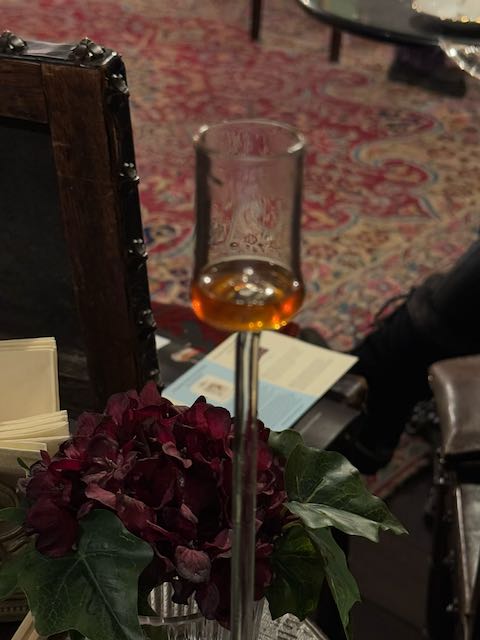

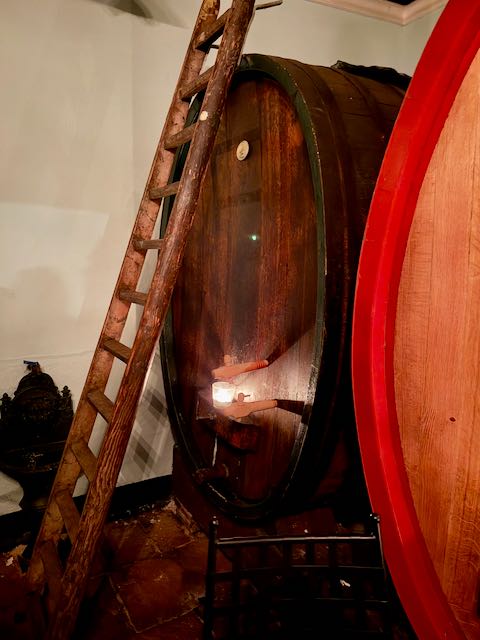
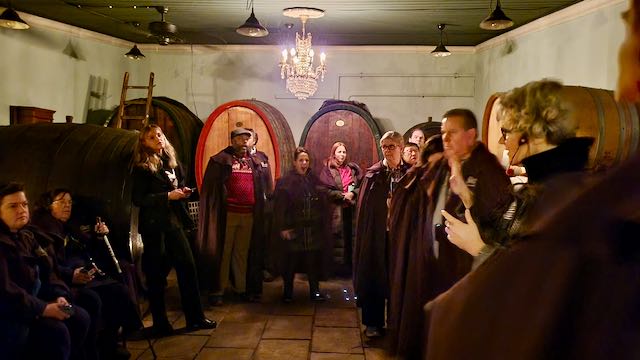
Ultimately, I’m so happy I took David’s advice because it was an absolutely AMAZING experience and the vinegar was actually quite tasty – so much so, that I bought 5 bottles to take home!
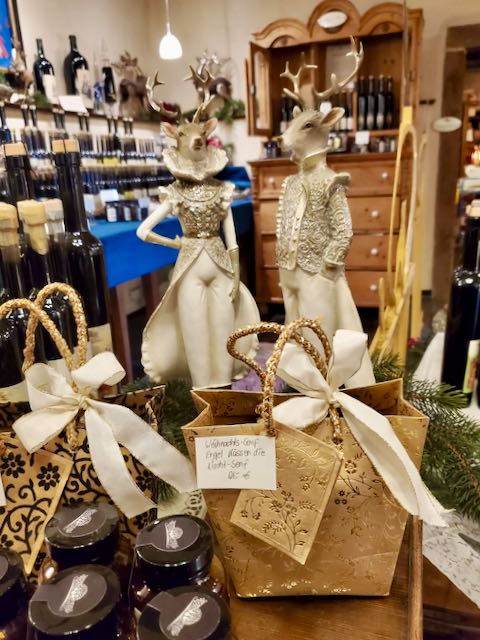

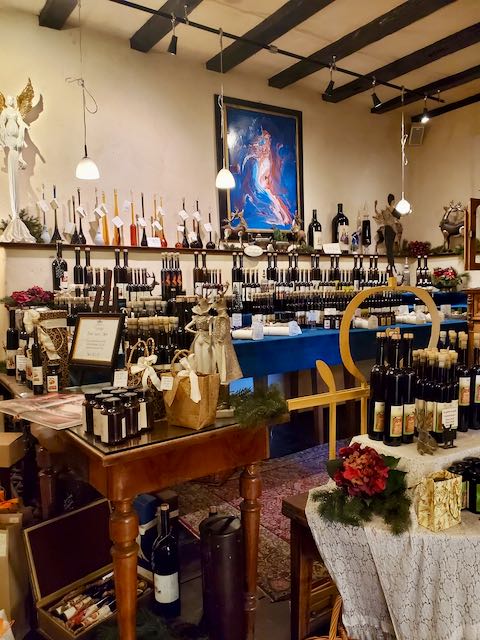
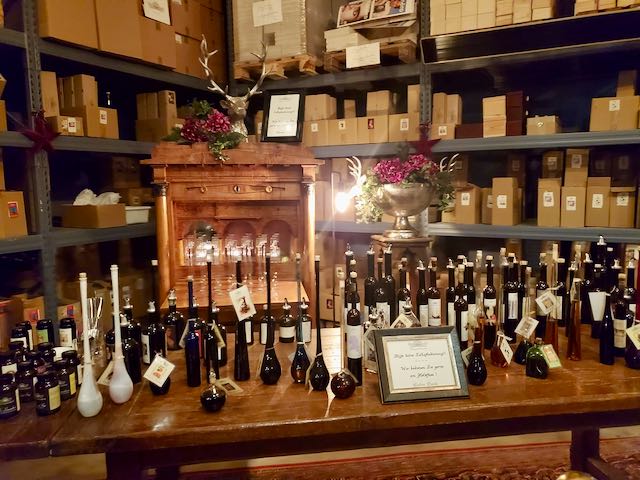
When we arrived to Weinessinggut Doktorenhof, our tour guide took us back to a special room in the home where we each selected a monastic looking robe to wear during the tour. I felt not only like I was being taken back in time but also like I was about to embark on a very special, secret society adventure.
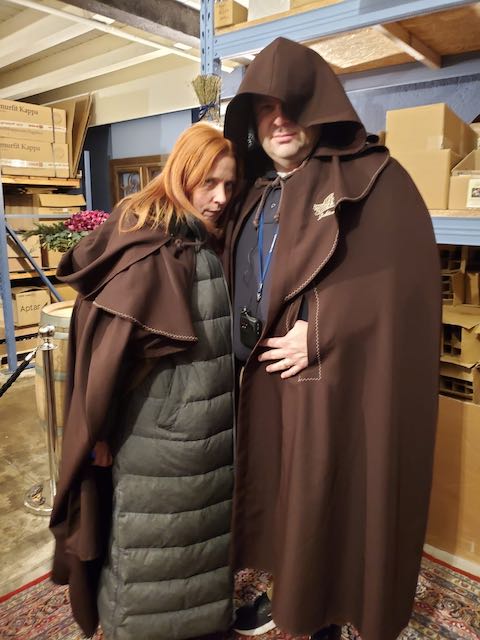
Once appropriately transformed we were taken down to the cellars where the guide spoke in detail about the manufacturing process. Basically you start off with a batch of wine and you spoil it using a “mother” starter. This turns the wine into vinegar. You then infuse it with a different flavor or combination of flavors ranging from wild cherries, apricots, vanilla beans, fig, wild oranges, lavender and any number of other things to give it an overall flavor or aroma.
Herbs are also used as part of the blending and aging process. Part of the tour included entering a room full of herbs used in the blending process.
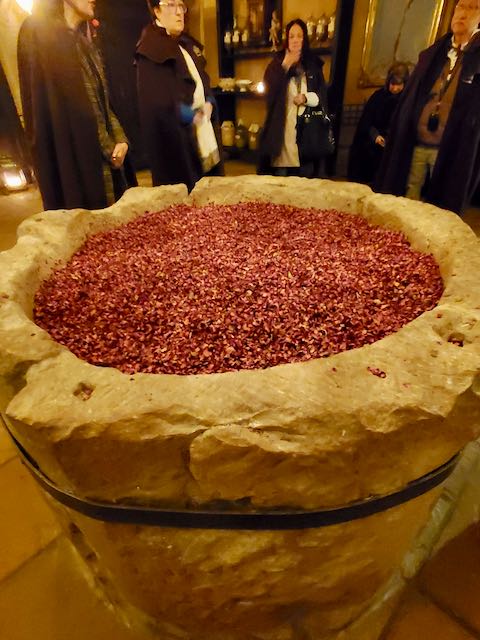
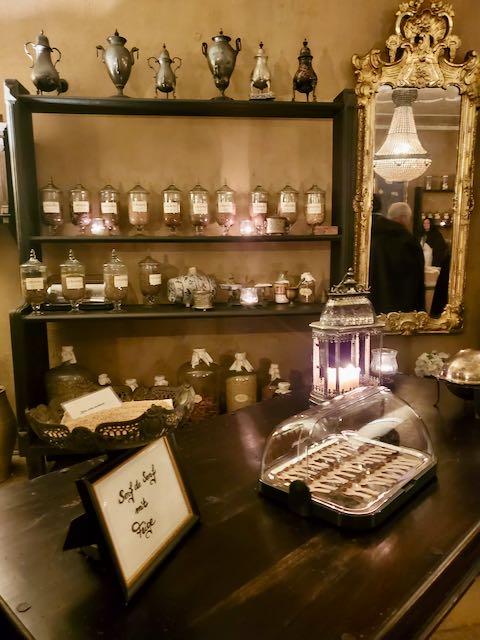
The entire process is long and involved. Vinegars can age anywhere from 3-10 years. The aging process is to fully infuse the herbs into the vinegar and create more complex vinegar. This whole manufacturing process has been handed down from generation to generation.
After the tour, we were then brought to the tasting room for a special tasting of 5 select vinegars.
Although they make over 50 different blends, we tasted only five –Angels Kissing the Night, Tears of Cleopatra, Balsam of St. Damian, Ficus – the Fig, and Giacomo Casanova. Each vinegar can serve as an apertif and/or has its own health benefits:
Ø Angels Kissing in the Night –try it as an apertif as an addition to champagne or with cheese or ice cream!
Ø Tears of Cleopatra –use as an apertif with oyster, mushrooms, dates, gigs, and spicy cheeses!
Ø Baslam of St. Damian – enhances healthy breathing and wellness
Ø Fiscus- the Fig – sinfully delicious with fish, fruit, and cheese
Ø Giacomo Casanova – stimulating apertif that complements fine pastries, pasta, cheese, and seafood
Before each tasting, our tour guide gave a short description of the vinegar and some blending and/or pairing suggestions (champagne and Angels Kissing the Night for example). Each vinegar was then paired with a special treat such as a chocolate or nut. My favorite part was drinking out of the fancy, skinny flute in hand blown glass which I just had to purchase after the tour as well as mini bottles of each of the samples tasted! It was absolutely DELICIOUS!
I continue to have a sip of vinegar each day from one of the bottles for the health benefits😊
Probst!
